|
4 Comments
The above quote is from a short piece I wrote for Prairie Smoke, describing, somewhat humorously, the first year my wife and I acquired Photo Points (2008). It was a year of learning in so many ways. Photo Points assigns numbers to specific locations of Nachusa Grasslands, usually along property boundary lines. It's a way to monitor the prairie restoration process. The project began in 1999 with Bill Kleiman and Gerald McDermott, a volunteer.
The photographer identifies points that he wants to photograph during a season, based on various factors: how long it's been since a point was last done, how much change has occurred in an area, or how an area is likely to change in the near future. Once points are selected, they can be found on a detailed map. Since boundary lines change, and/or fence lines disappear, we've been recording coordinates for each point, using the GPSTrack app in iPhone. The point marker signs are not always where you expect to find them. Sometimes they're not there at all. GPS readings will get you very close to the original point. One person takes a reading on a compass while the other person places a range pole with a marked sign at the exact compass direction. The sign contains the point number, the date and direction being shot. The sign pole is placed twenty feet away from the point. A photo is then taken, fully automatic, with the sign framed in the middle of the shot. This process is repeated for each of the cardinal directions. Sometimes there is too much growth to get a clear shot. Vegetation has to be cut down or thinned. If there's too much heavy vegetation, a thick briar patch for example, or the encumbrance is on a neighbor's property, the photographer has to step out away from the point, noting how far and in what direction, and take the photo. And then there are the challenges. Teams sometimes have to wade a creek or walk through a wetland to find a point. Many points are deep in wilder areas where vehicle passage isn't possible, in which case the team has to walk cross country through thick and uneven terrain. After the two week period and the team has taken all the photos for that year, the images must be processed. This sometimes means slight adjustments, such as making the photo lighter or darker. Usually it just means changing the file name from the number assigned by the camera to the point number, direction shot and date. These are saved onto a flash drive and given to Bill Kleiman, who copies them into a folder onto his computer. The data is also carefully recorded on a spread sheet, point numbers and date shot. This Excel file is included on the flash drive with the Photo Points. The Photo Points project began before digital photography was very prevalent, so there is a backlog of Photo Point photos in slide or print format. These are in the process of being converted to digital format. The following image shows in a dramatic way how valuable the Photo Point project is. The photo on the left is point #1 taken in 2008, during our first year with the project. The photo on the right is point #1 today. Photo Points is a sometimes challenging, sometimes frustrating endeavor but always interesting and rewarding. My initial quote made the project sound adventurous. After almost ten years of doing it I still find it so. We all know Nachusa Grasslands as a place of space. Rolling hills of grasses, seemingly endless skies, and even in the woods or savannas you can see great depths—all tell the spacious story of Nachusa. Looking at things up close tells a very different story. Up close, you see patterns, textures, rhythms that are more abstract. Up close, you see a world more intimate and, conversely, more alien. A pheasant feather. Though not a bird native to North America, the pheasant is a common sight here. Look at the patterns of lines—lines arrayed as if in motion, branching in multiple directions. The white line down the center, the shaft, like a lightning bolt, gives energy to the feathery lines radiating from it. The current of Clear Creek molds the sand along the bottom into irregular linear shapes. On the surface, the gold, sinewy lines of sunlight dance across and intersect the darker bottom shapes, forming the warp and woof of a living tapestry. Focussing now on a feathery image of a different kind, the heads and flowers of Big Bluestem. The photo is framed to capture the more delicate abstract of positive and negative space. The three spikes of the grass, with its dangling yellow flowers form the positive space, while the white, cloudy sky in the background forms the negative. Even in the most commonplace of subjects, beautiful patterns can be found. This rusted gate at the bison corral may almost seem like an underwater scene, with a school of goldfish swimming in the current. Admittedly, the contrast was pushed a little higher than usual in post-processing this photo to emphasize these patterns, which are really there, but not as visible to the human eye. A partially burned tree is framed to suggest a kind of rectangular yin/yang symbol. The linear structure, color elements, and burned wood textures all add to the quiet beauty of this rather familiar sight at Nachusa. To me, ice is endlessly fascinating and I always look for patterns in ice whenever I'm out in winter. The bold abstractions, lines, and movement caused by the ice crystallization has a mesmerizing effect on me. I poetically call this photo: The Heart of Winter. The red "heart" is formed by a fallen oak leaf buried under the ice. Another undersea view where a goldfish swims over coral and seaweed? No, mosses and lichens exist together in a community on a rock outcrop at Nachusa. This image presents an almost bewildering swirl of color and texture, seemingly in motion, even though every element is securely attached to the underlying rock. Next time you're visiting Nachusa Grasslands, take a break from bison-watching or cloud gazing and look closely. Look and see. As William Blake said, you can see a world in a grain of sand or heaven in a wildflower. This blog was written by Charles Larry, volunteer and photographer at Nachusa Grasslands. For more of his images see: charleslarryphotography.zenfolio.com
The first day of spring 2017 has arrived! This day marks the equinox, with the sun shining equally on both the northern and southern hemispheres; the result is nearly equal hours of daylight and night. What does this mean for the prairie? Well, longer daylight means those first spring blooms are almost here! With new blades of grass already a couple inches high in the recently burned fields, April will soon bring the year’s first blooms. Let’s take a look at some of Nachusa’s beautiful spring flowers and discover where to find them. All flowers listed below are found in non–bison units and are accessible to everyone. Before the trees fill their canopies with leaves, several flowers utilize all the sunlight shining to the ground and quickly complete their whole life–cycle; then the entire plant disappears completely, leaving no trace. These short–term blooms are called spring ephemerals. The bloodroot is an ephemeral found in Nachusa's woodlands and savannas. Its showy white flower creates a great contrast against the forest floor. The plant’s name comes from the red juice that flows when any part of the plant is cut or bruised. Look for bloodroot under the trees in Stone Barn Savanna and Big Jump. Another ephemeral is Virginia bluebells, and this plant can be quite stunning growing in mass groups. They bring wonderful color to the shady parts of the woodland. Look for Virginia bluebells in moist areas of Stone Barn Savanna. Has someone been hanging their pantaloons out to dry? Certainly not! These "v-shaped" hanging flowers are found on the aptly named "Dutchman's breeches." Look for the flowers emerging from mounded fern–like foliage. Dutchman's breeches are located in the woodlands of Stone Barn Savanna. The last featured spring ephemeral is the spring beauty. Spring beauty is a very small plant found in Nachusa’s woodlands and savannas; only 3-6” tall. To identify the flower, look for the dark pink veins found on the petals. This lovely flower can be found in Stone Barn Savanna. Look for this unusual–looking flower in shady to partial–shady woodland areas. The flower can vary in color from reddish green (like pictured) to whitish green. Hike along the tracks in Stone Barn Savanna to find the jack-in–the–pulpit. Many geraniums are popular with gardeners as full–sun annuals planted in flower beds or pots. Similar in appearance, the native wild geranium is a hardy perennial flower growing in woodlands. The flowers are very showy and popular among bees and other insects. The flowers can be found in areas of full–sun, part–sun or shade. Look for it in Stone Barn Savanna. The name of this native flower is easy to remember because its blooms look like little arrows aimed at the ground. Climb along the slopes of Thelma Carpenter Prairie to find the Shooting Star. Here is a beauty that prefers sandy soils and little competition from other plants. The bird–shaped foliage gives this flower its name. This violet species is very important at Nachusa, for it is a host to the eggs and caterpillars of the state–endangered regal fritillary butterfly. Look for the violet in sandy soils at Stone Barn Savanna and Big Jump.
Looking for wildflowers is like going on a scavenger hunt. It's a lot of fun and you never know what you will find. Remember to "take only pictures and leave only footprints!" Please feel free to share your successes or adventures in the comment section below. Today’s author is Dee Hudson, a photographer for Nachusa Grasslands. To see more prairie images, visit her website at www.deehudsonphotography.com. In the fall I look forward to the incredible display from the native prairie grasses. Up to this point, the grasses have remained rather unobtrusive, but in the fall they step out of the background to claim our attention. Although I enjoy them all, the little bluestem grass is definitely my favorite. Little bluestem can be found throughout the prairie, but right now this grass is very noticeable if you to look the hills. Many of Nachusa’s knobs and hills are blanketed in an orange–red, and that color is from the . . . little bluestem grass!! In addition, throughout the winter, the grass will retain this energetic color and stand out beautifully in the snow. As the autumn winds blow, the little bluestem grass undulates like waves in the ocean, as seen in the photo above in the upper left. It is mesmerizing to watch it ripple across a vast expanse. The view is from the top of Fameflower Knob in early fall (notice the leaves still on the trees). As a photographer, I love to use little bluestem as a backdrop for the goldenrods and asters that bloom in the fall. Then, as the season progresses, the grass creates a wonderful texture and contrasting color for the changing leaves of many other forbs. It is surprising to view the seeds up close through a macro lens. Look at all that white feathery fluff decorating the seedstalk! So intricate with so many fine hairs. Come visit Nachusa and enjoy a late fall hike through the grasses. I recommend the Clear Creek Knolls hike, with a climb to the top of Fameflower Knob. The hike trailhead is accessible from the small parking lot on Lowden Road, just south of Flagg Road or 1.4 miles north of the visitor kiosk. Once you arrive at the base of the hill, there is no path, so make your own! Just avoid walking on top of the sandstone, for it crumbles easily. Give the short climb a try and if you do, leave us a comment on this blog about your adventure!
Today’s author is Dee Hudson, a photographer and volunteer for Nachusa Grasslands. To see more prairie images, visit her website at www.deehudsonphotography.com. I love autumn. I love all the seasons, but autumn is my favorite. Even after 20 years of photographing here, I still find Nachusa Grasslands an inspiration. There's always something new, something exciting and astounding each time I'm out with the camera. There is just as much beauty visible to us in the landscape as we are prepared to appreciate. Henry David Thoreau Autumnal Tints From a photographer's perspective, the landscape can be appreciated in many different ways. Color is probably the most dominant, especially in this season of incredible color displays. Yellow and scarlet in an intensity that takes your breath away. Spectacular sunrises can occur in any season, but... To be walking along and, suddenly, looking down and seeing the mesmerizing blue of the Fringed Gentian (Gentianopsis crinita) always catches me by surprise. Just as color is an obvious and overwhelming visual aspect in the fall at Nachusa, there are occasions where the opposite can also be appreciated. The monotones of this photo give emphasis to the structure of the grasses and lend an almost otherworldly quality to the scene. Contrast is also visually arresting: large and small, soft and hard, light and dark... The light and soft textures of the seeds of the Common Milkweed (Asclepias syriaca) contrast with the sculptural, solid shapes of the pods and stems. Pattern and texture are other elements that catch my eye. Prairie Dropseed (Sporobolus heterolepsis) forms a pattern amid a sea of texture. The subtle colors and shapes show off the differing textures of these late fall plants. Look down and you may not see anything that stands out in a landscape, but, together, all of the elements reveal patterns that remind me of abstract paintings or Persian carpets. Even up close, patterns are evident, as in this Prairie Dock leaf (Silphium terebinthaceum). Look at all the varying patterns of color, branching veins, dots.... Challenging situations are another aspect of photography at Nachusa that I find inspiring. Motion is one of the most difficult to capture well. Wind can be frustrating when shooting on the prairie, but wind is an ever constant presence here. Sometimes it's best to not fight it and just go with it. This very windy fall day, I decided to try to capture the wind and not the grass it was rampaging through. In this photo of a bison moving quickly through a sumac thicket, I tried to capture the motion of the animal and not focus on the animal itself. Moving the camera slightly in the direction of the bison's movements creates a blurred, abstract image where light is caught in streaks. I find the result interesting. What do you think? And then there are those surprises when all elements just come together at once: color, contrast, texture and the right light. Autumn at Nachusa: a photographer's dream.
Today's blog is by Charles Larry, a volunteer and photographer at Nachusa Grasslands. To see more of his images visit: charleslarryphotography.zenfolio.com Pale Purple Coneflower (Echinacea pallida)With its sharp coppery–orange cone spikes and its purple–pink drooping petals, this attractive native flower is a favorite on the prairie. Coneflowers thrive in our sandy–loam soils and are especially plentiful the summer after a prescribed fire. They can bloom within two years of planting and provide a marvelous sight while other flowers species are still maturing. BERNIE BUCHHOLZ Volunteer steward Nachusa Grasslands The pale purple coneflower is a very showy flower, especially when planted in mass or with other flowers of contrasting color. This view looks eastward over the Gobbler Ridge unit at Clear Creek Knolls. Volunteer stewards, Bernie & Cindy Buchholz, planted this stretch of prairie in 2011. To read more about their decade of successful restorations, scroll to page 3 in the 2015 Prairie Smoke, the annual stewardship report for Nachusa Grasslands. After 10 years of meticulous clearing, harvesting, planting, and invasive weed control, Gobbler Ridge and the Fame Flower unit are among the preserve’s highest quality restorations. KIRK HALLOWELL Volunteer steward Nachusa Grasslands Many wildlife species benefit from the pale purple coneflower. The nectar in the blooms attract insects, such as butterflies and many native bees, while the birds (particularly Goldfinches) enjoy the seeds in the cone. Hiking is encouraged throughout the Gobbler Ridge unit, with access from the Clear Creek Knolls parking lot. To find the entrance, look along the east side of Lowden Road, just south of Flagg Road. Hike east along the mowed lanes or walk into the prairie off–trail. Before hiking off–trail, you may want to read “What to expect off–trail” on our Hiking Guidelines website page. The Thelma Carpenter unit is another nice spot in the preserve to see coneflowers. This hike is best reached from the visitor kiosk by taking Lowden Road north, then Stone Barn Road east and finally south on Carthage Road. There is pull–off parking in the grass. Please do not block any gates or roads. Hike along the mowed trails or hike up the hill (no trail) from the entrance sign. Visit our Hiking Destinations website page for more information. Enjoy this early summer native flower! Today’s author is Dee Hudson, a photographer and volunteer for Nachusa Grasslands. To see more prairie images, visit her website at www.deehudsonphotography.com.
The lupines have been spectacular this year in the Gobbler Ridge Clear Creek Knolls unit. The purple–blue flowers are similar to pea flowers and they cannot be missed as they cover a tall stalk rising from the foliage. Hiking is encouraged throughout this restored prairie, with access and parking found along the east side of Lowden Road, just south of Flagg Road. Hike east from the Clear Creek Knolls parking lot. Follow the lane as it curves north around Fame Flower knob and continue east as far as you can. Now you can probably view patches of the purple–blue spires jutting up throughout the prairie. To see them up–close, you will have to venture off–trail. Before hiking off–trail, you may want to read “What to expect off–trail” on our Hiking Guidelines website page. Keep a look–out for wildlife, as this native flower attracts native bees, bumblebees, butterflies and hummingbirds. Deer might even be seen browsing on the foliage. This is a showy native flower that you do not want to miss!
Today’s author is Dee Hudson, a photographer for Nachusa Grasslands. To see more prairie images, visit her website at www.deehudsonphotography.com. |
Blog CoordinatorDee Hudson
I am a nature photographer, a freelance graphic designer, and steward at Nachusa's Thelma Carpenter Prairie. I have taken photos for Nachusa since 2012. EditorJames Higby
I have been a high school French teacher, registered piano technician, and librarian. In retirement I am a volunteer historian at Lee County Historical and Genealogical Society. Categories
All
Archives
January 2024
|
CONNECT WITH US |
8772 S. Lowden Road (mailing address) Contact Us
|
|
© 2024 FRIENDS OF NACHUSA GRASSLANDS The content on this website is owned by us and our licensors. Do not copy any content (including images) without our consent.
|
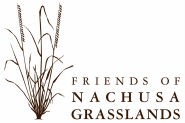
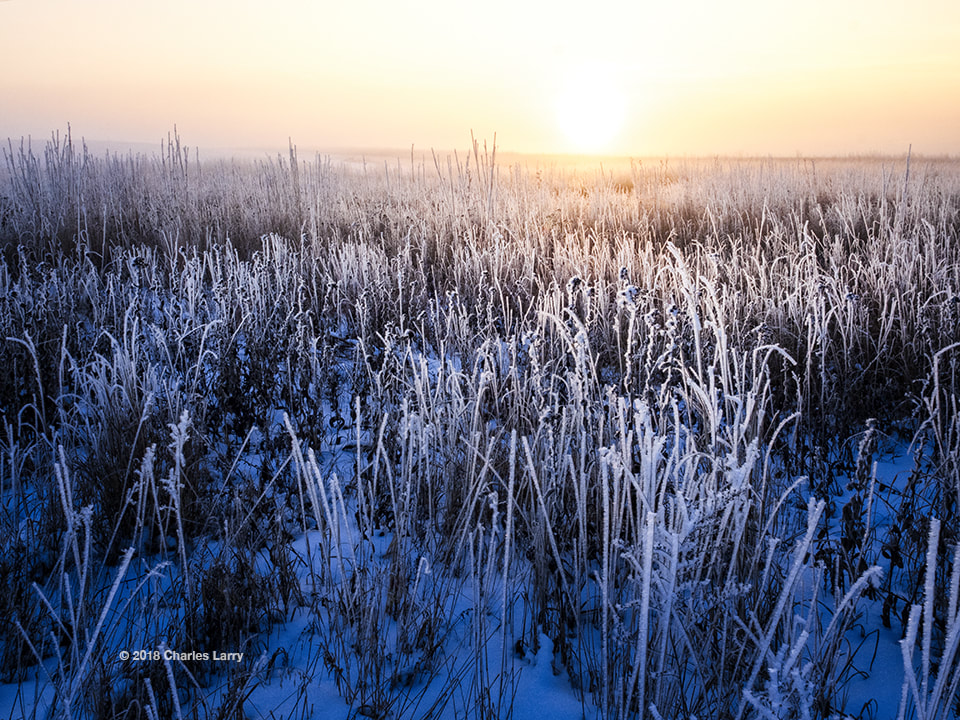
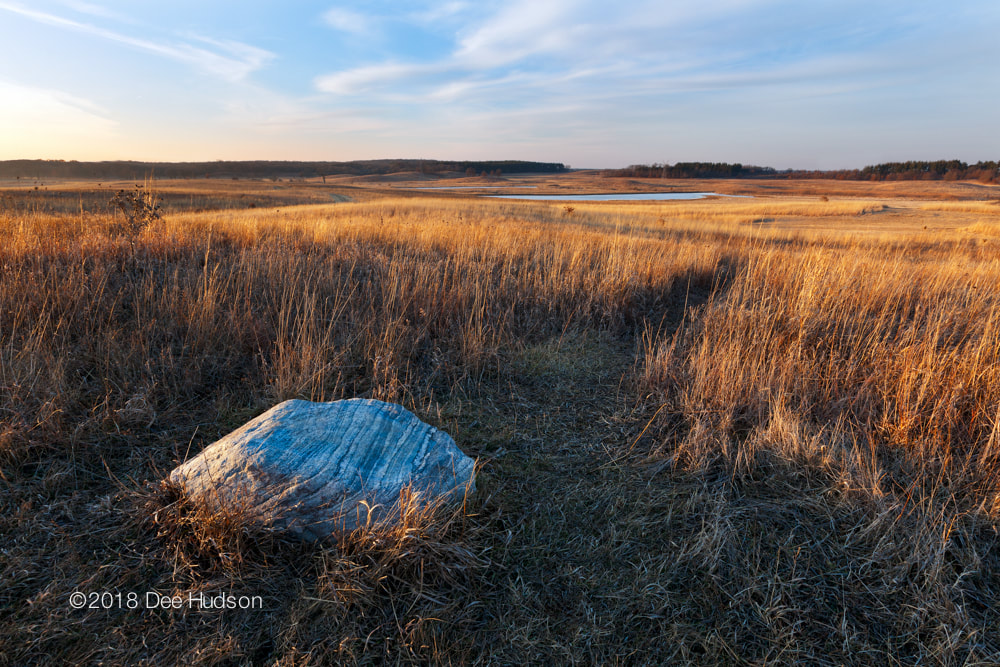
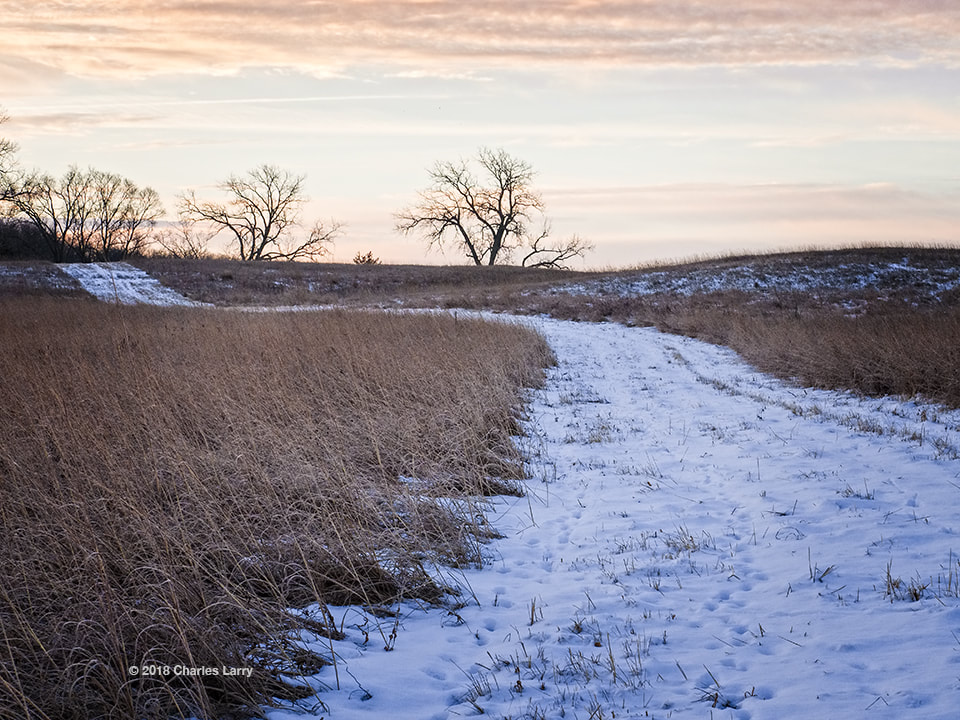
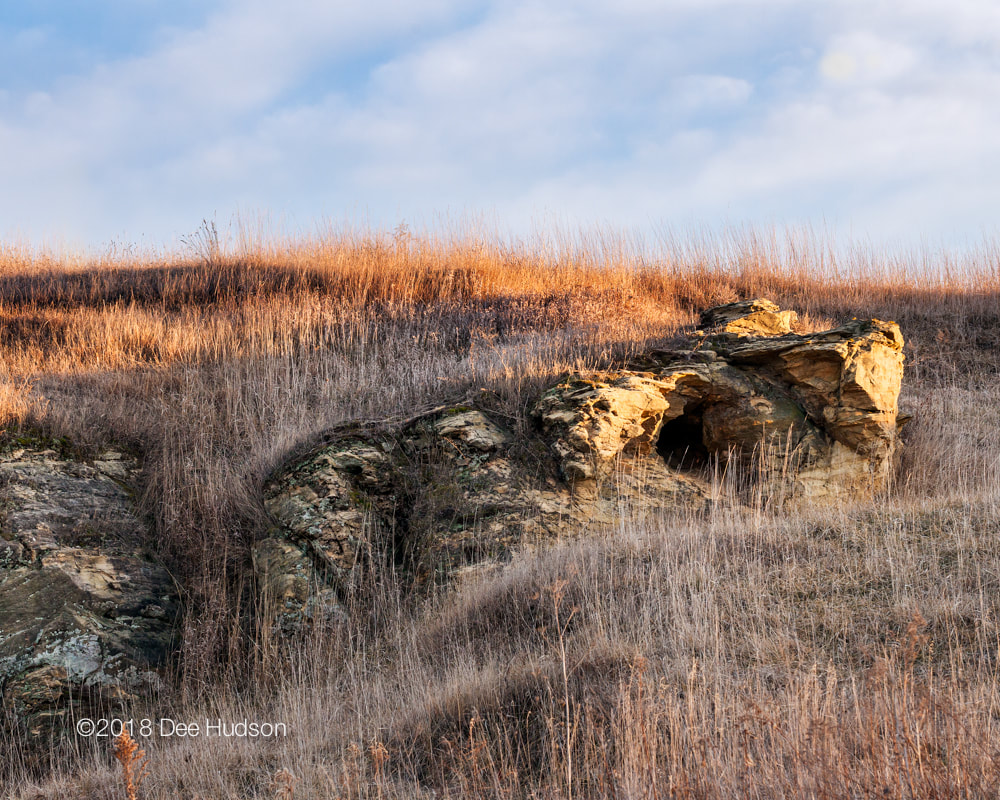
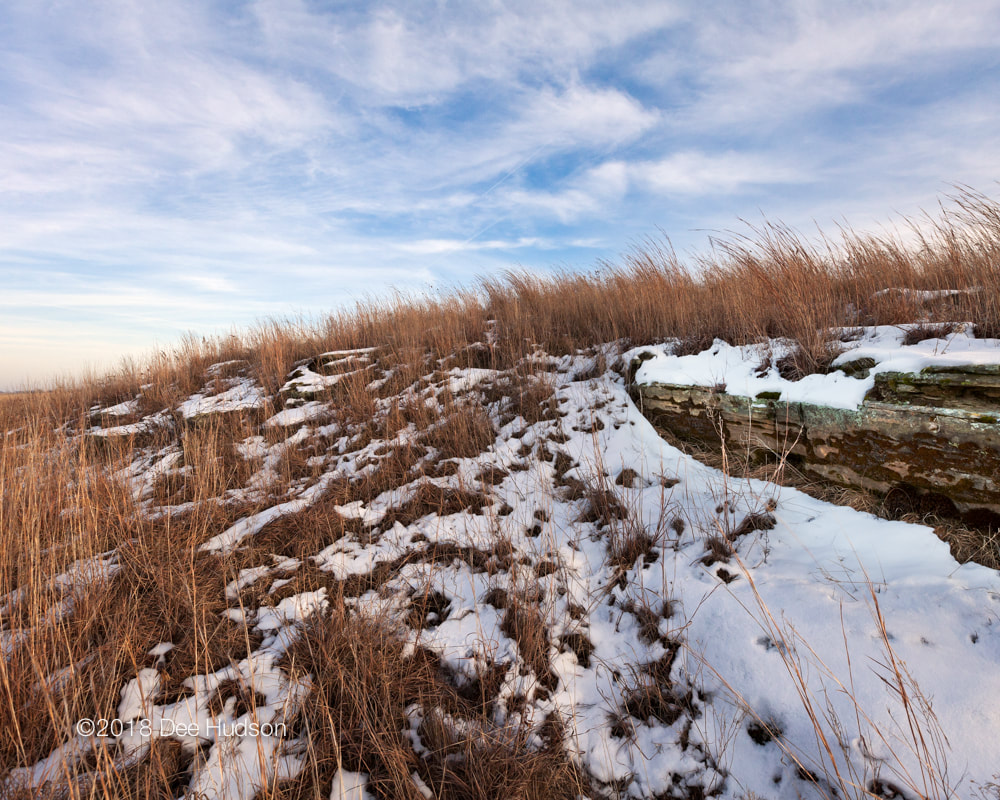
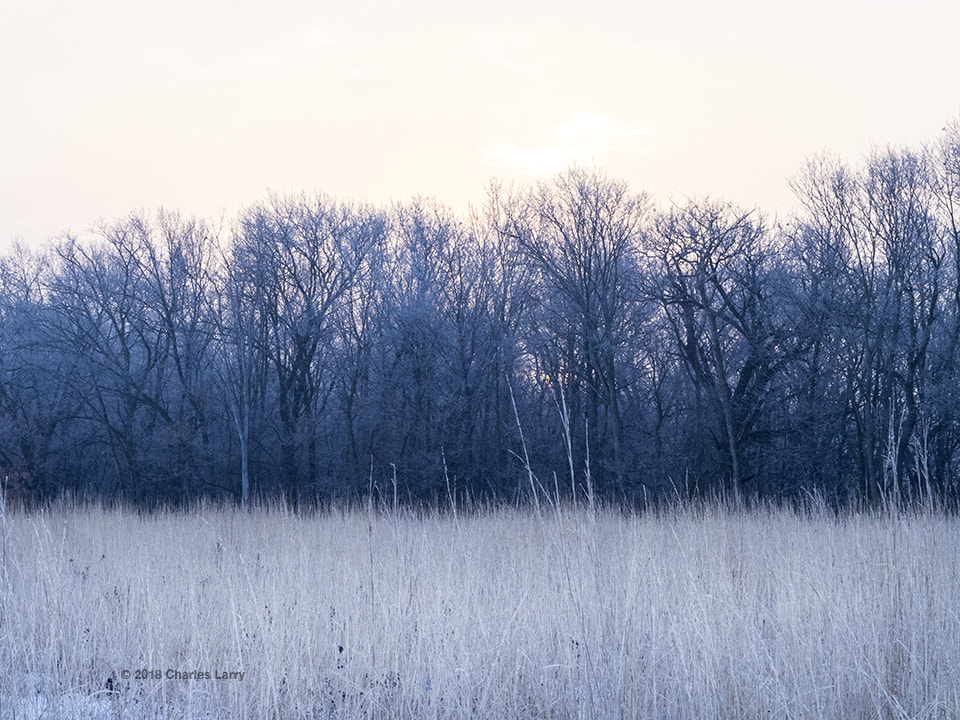
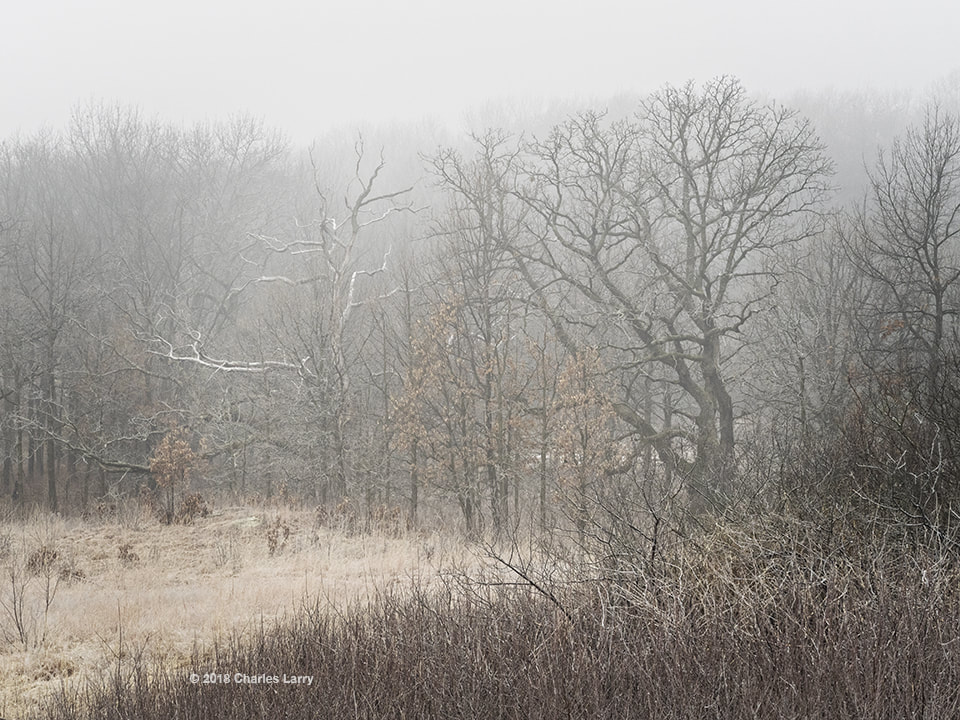
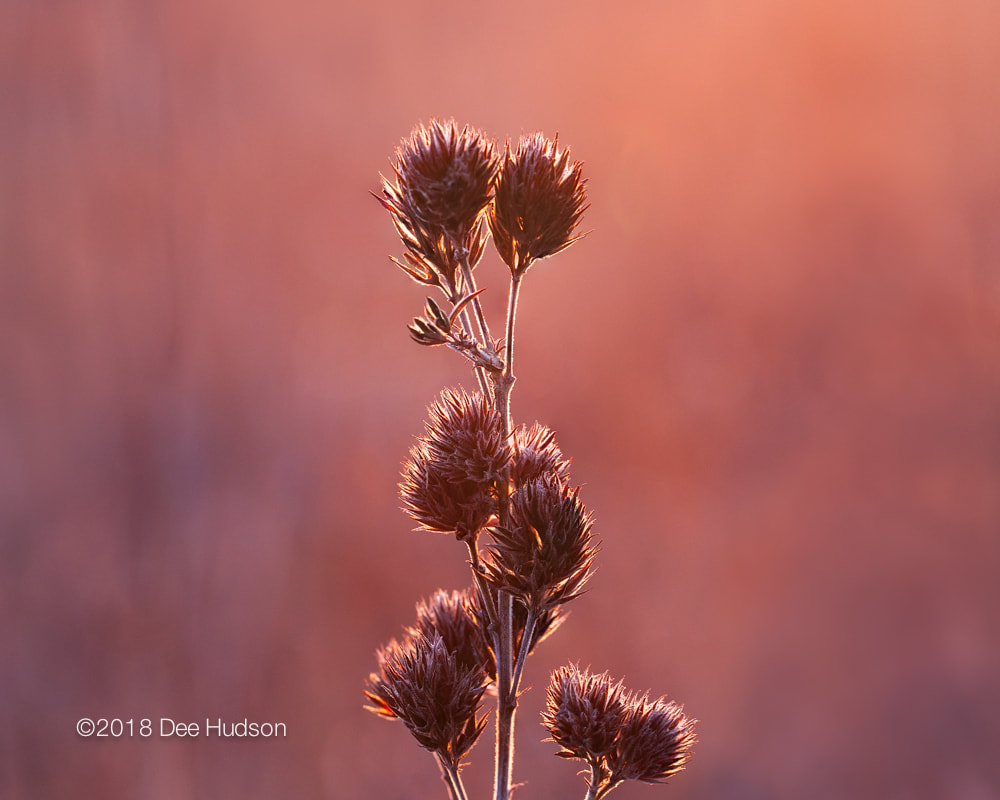
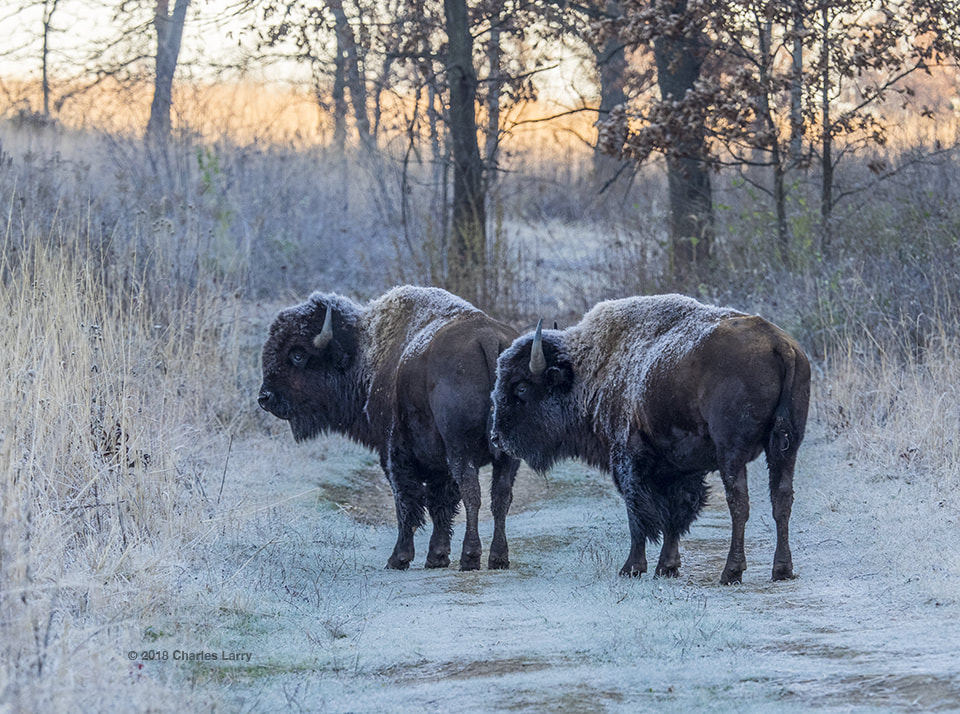
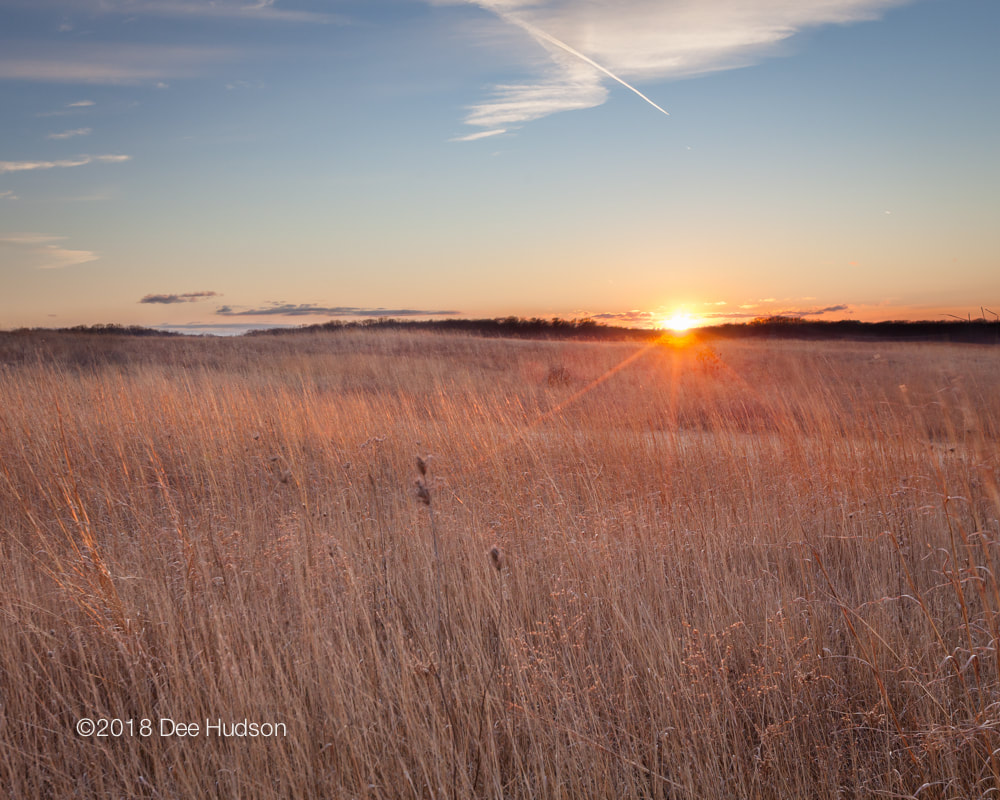
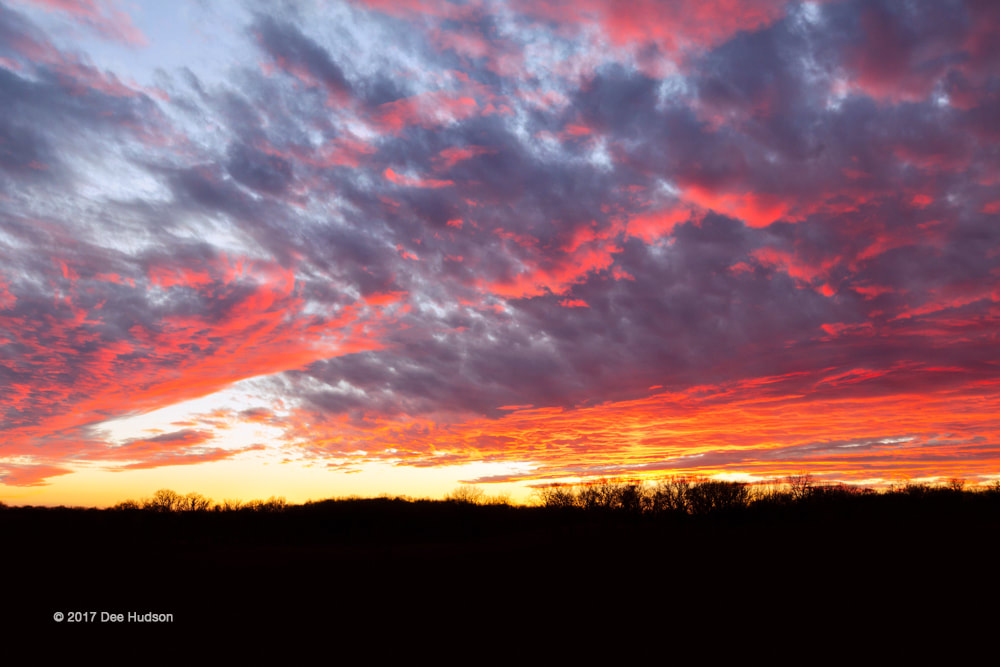
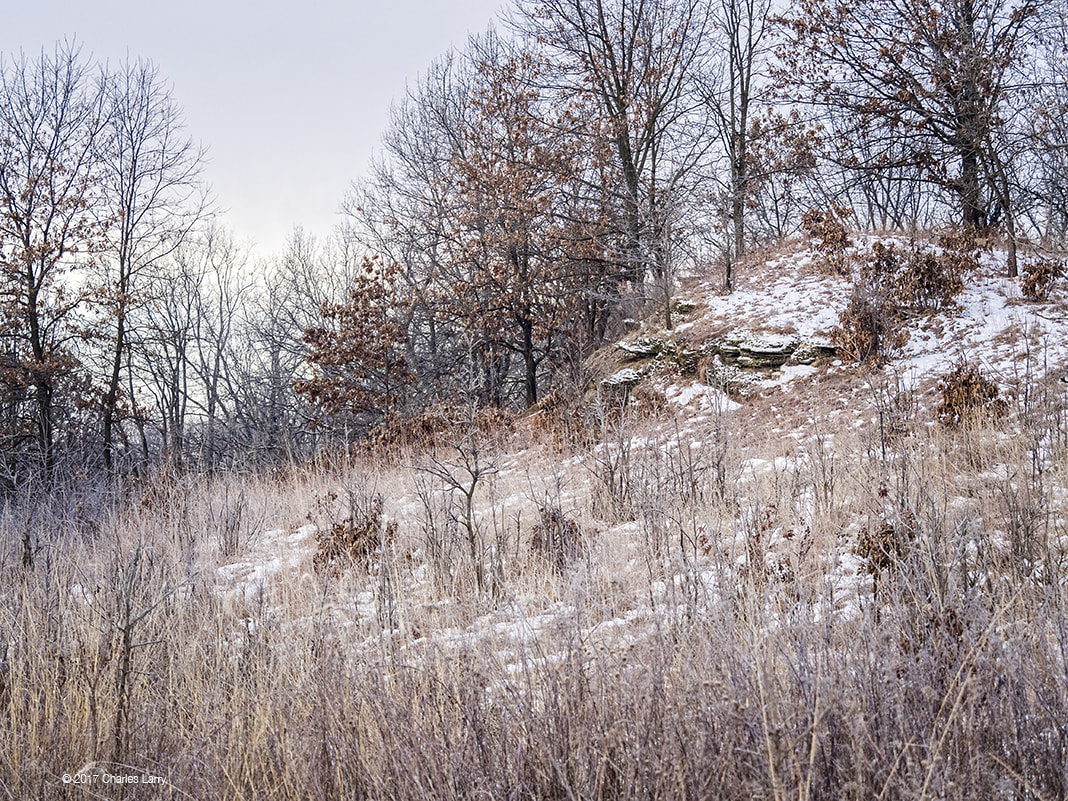
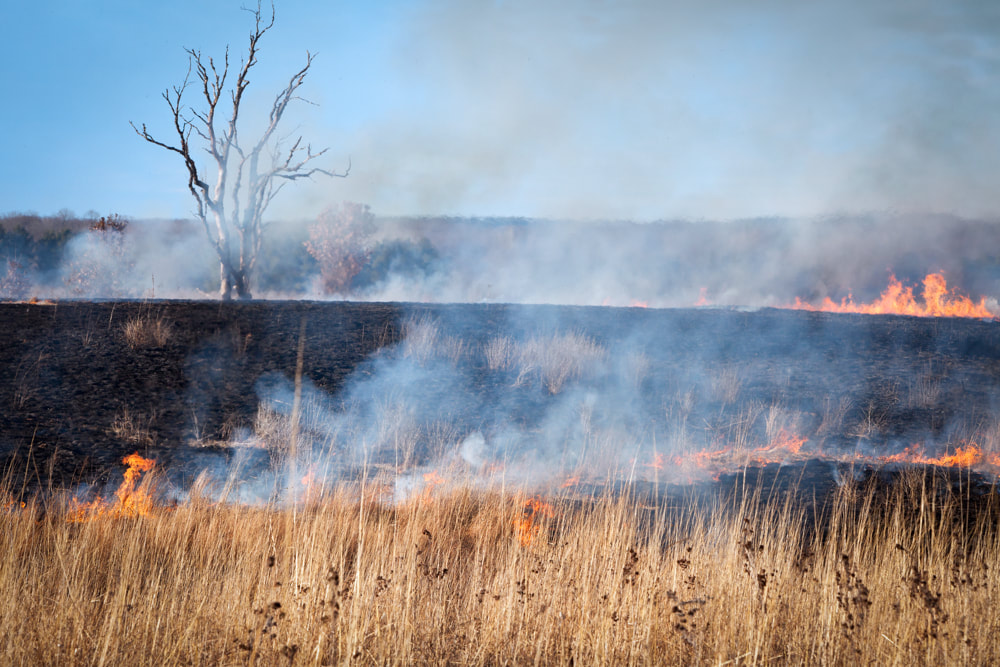
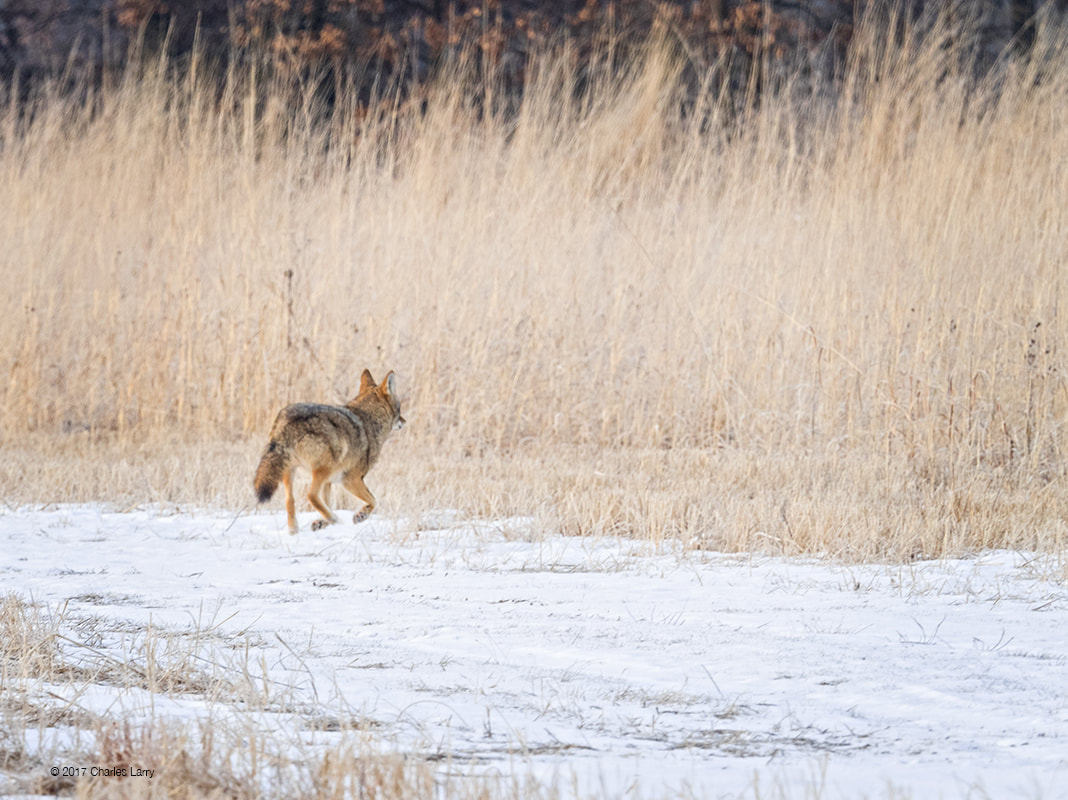
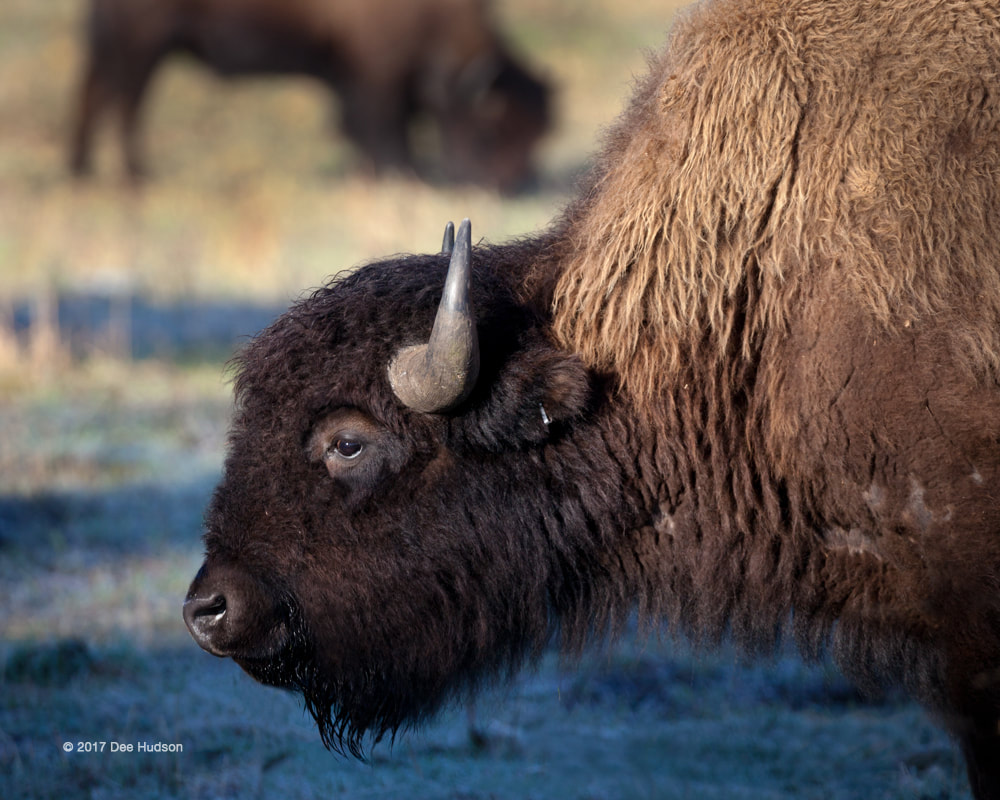
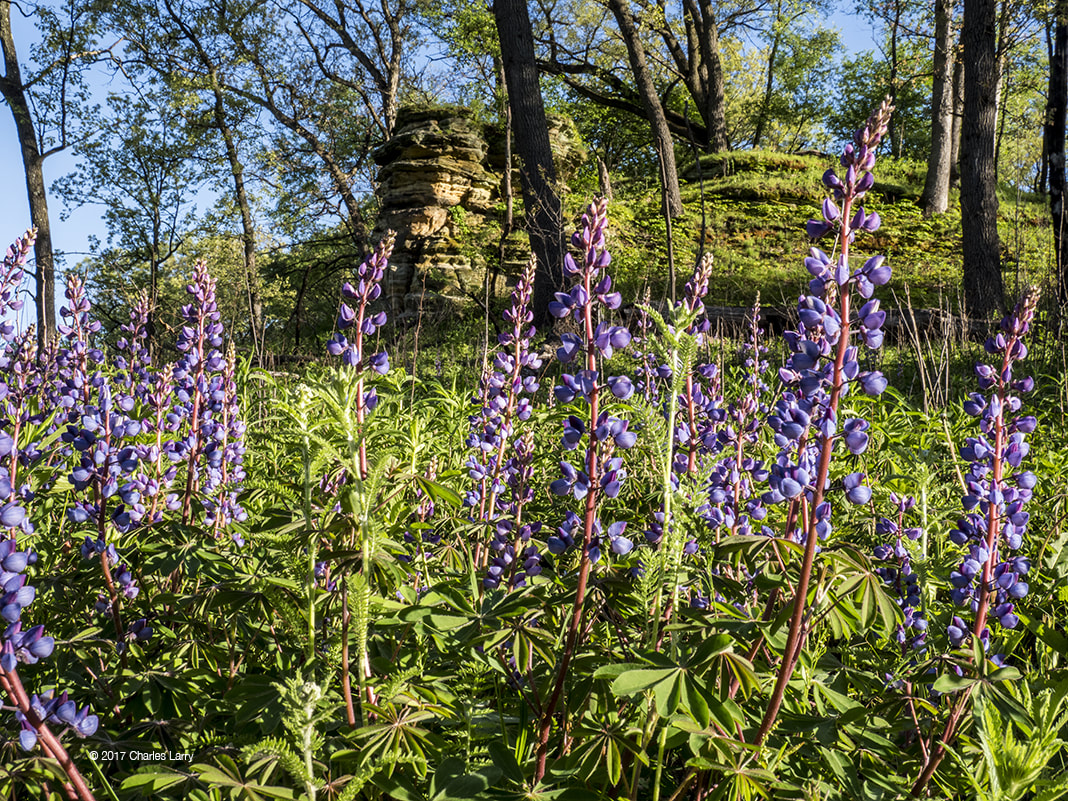
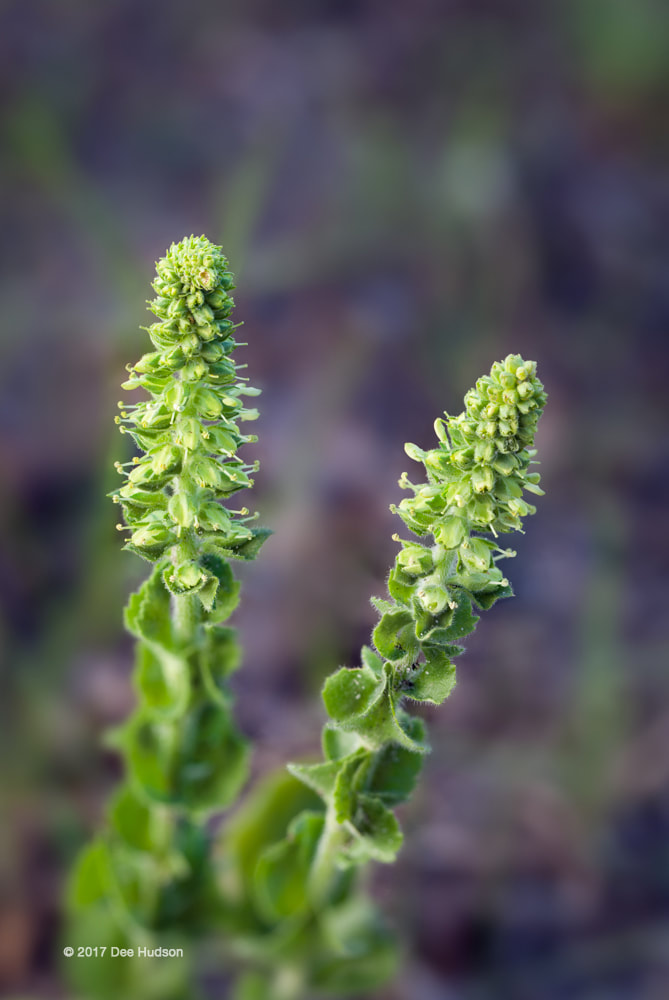
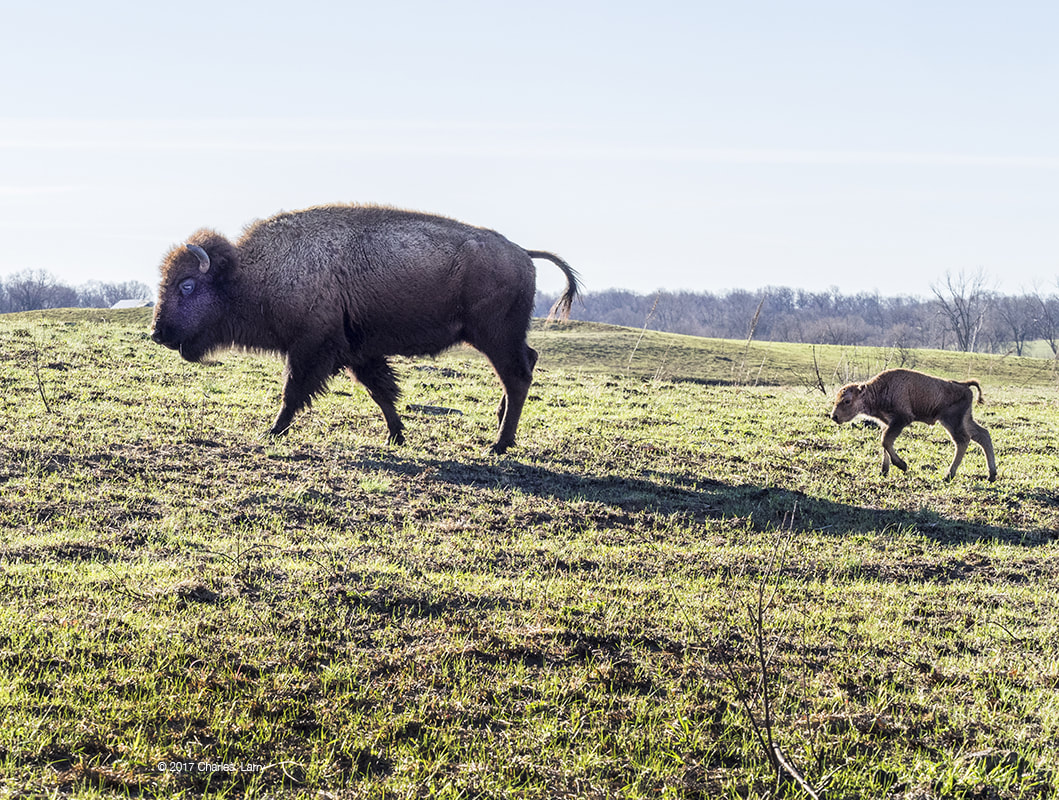
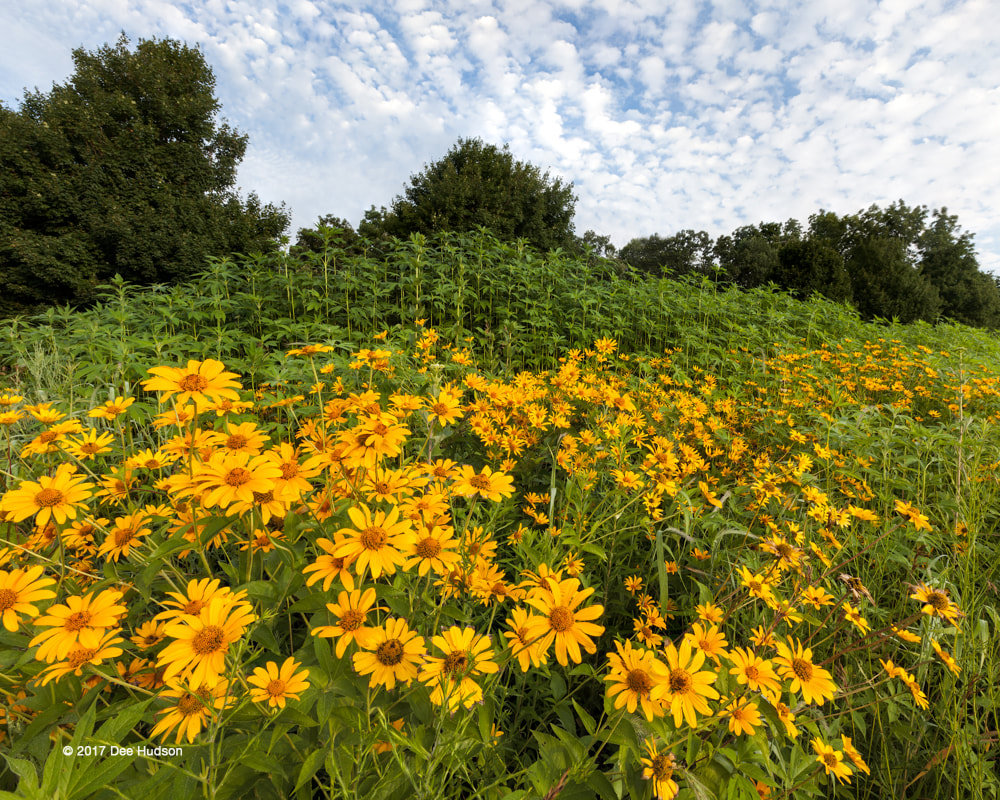
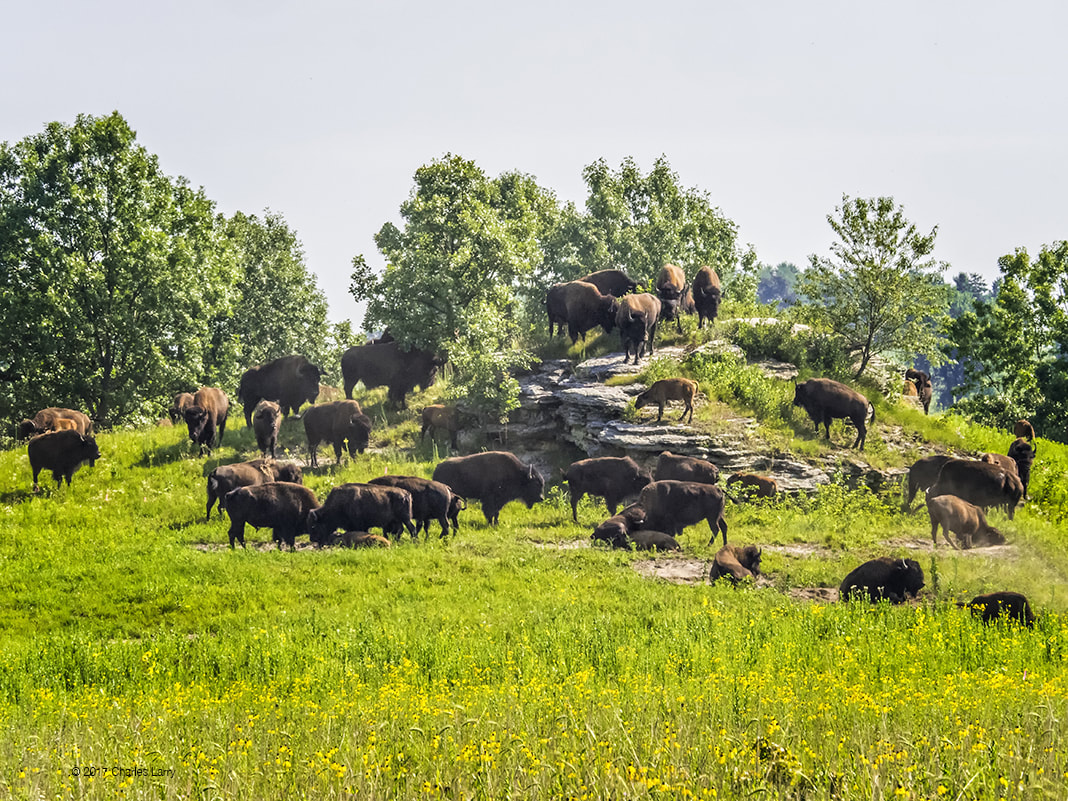
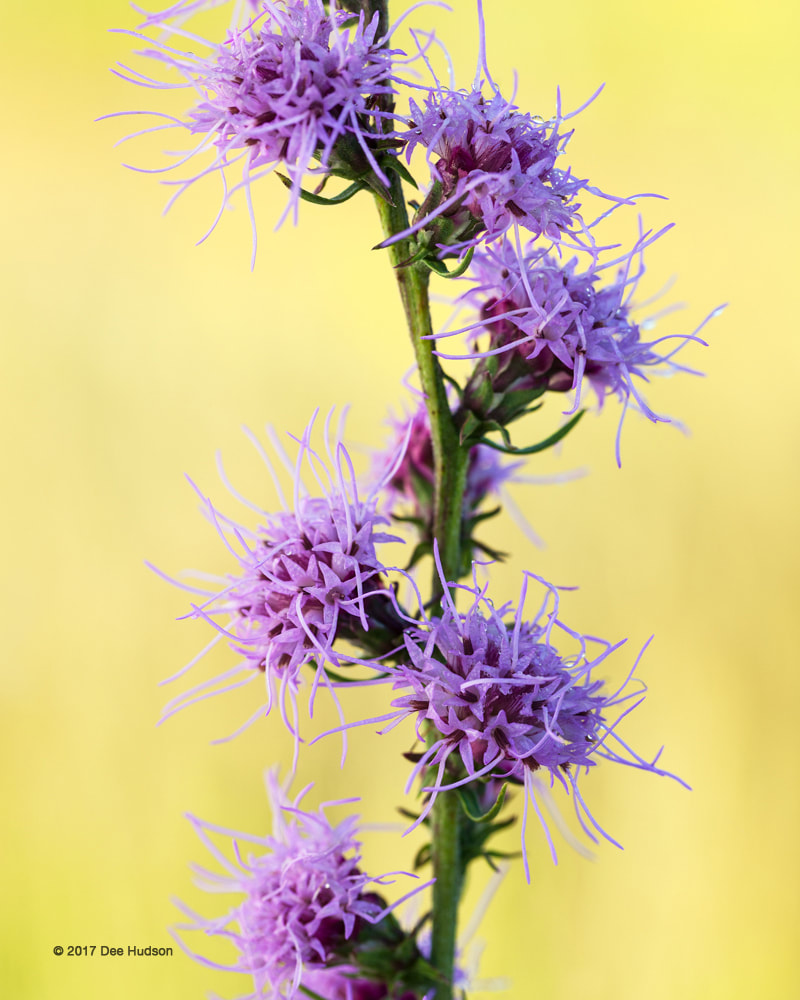
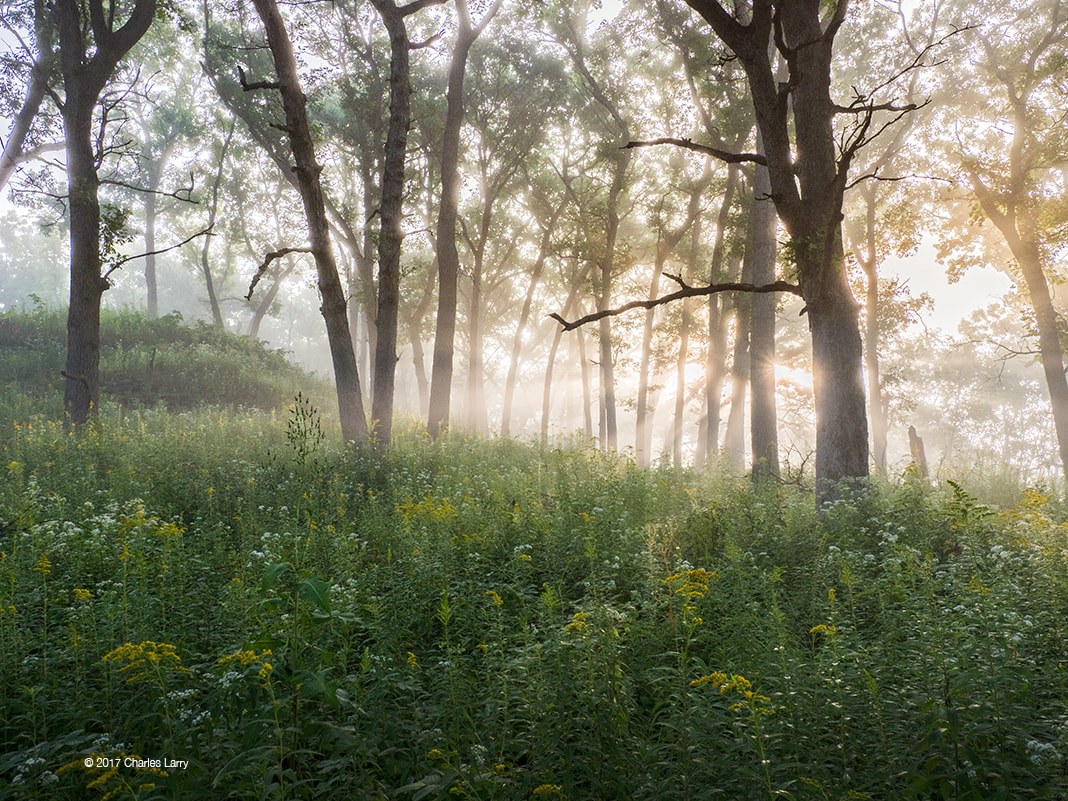
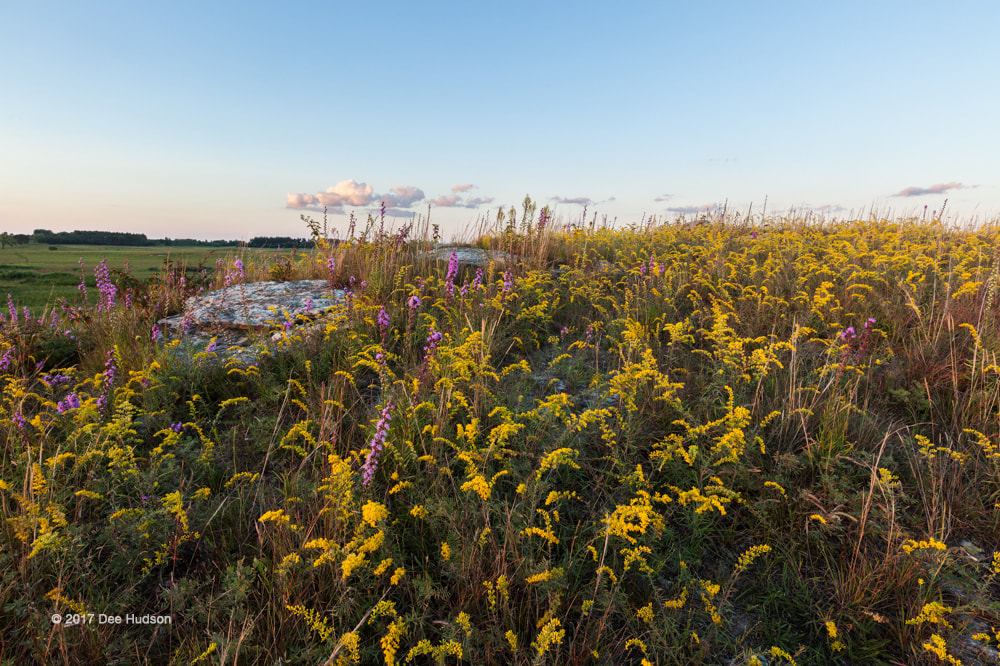
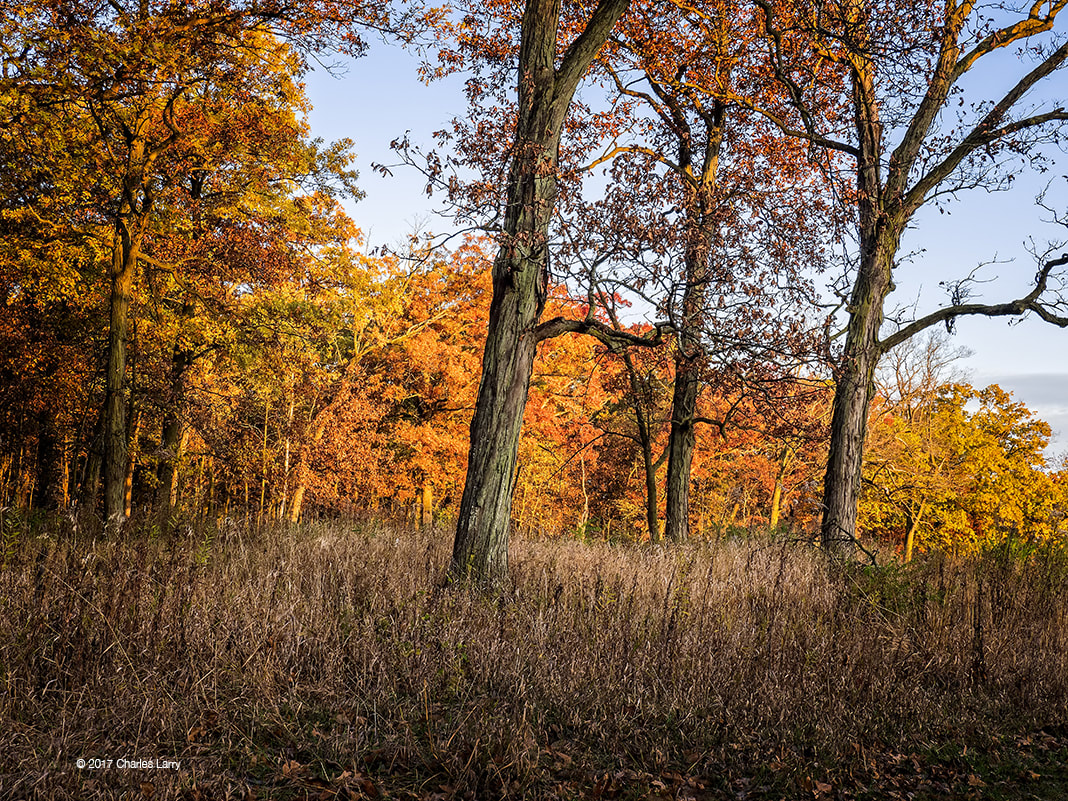
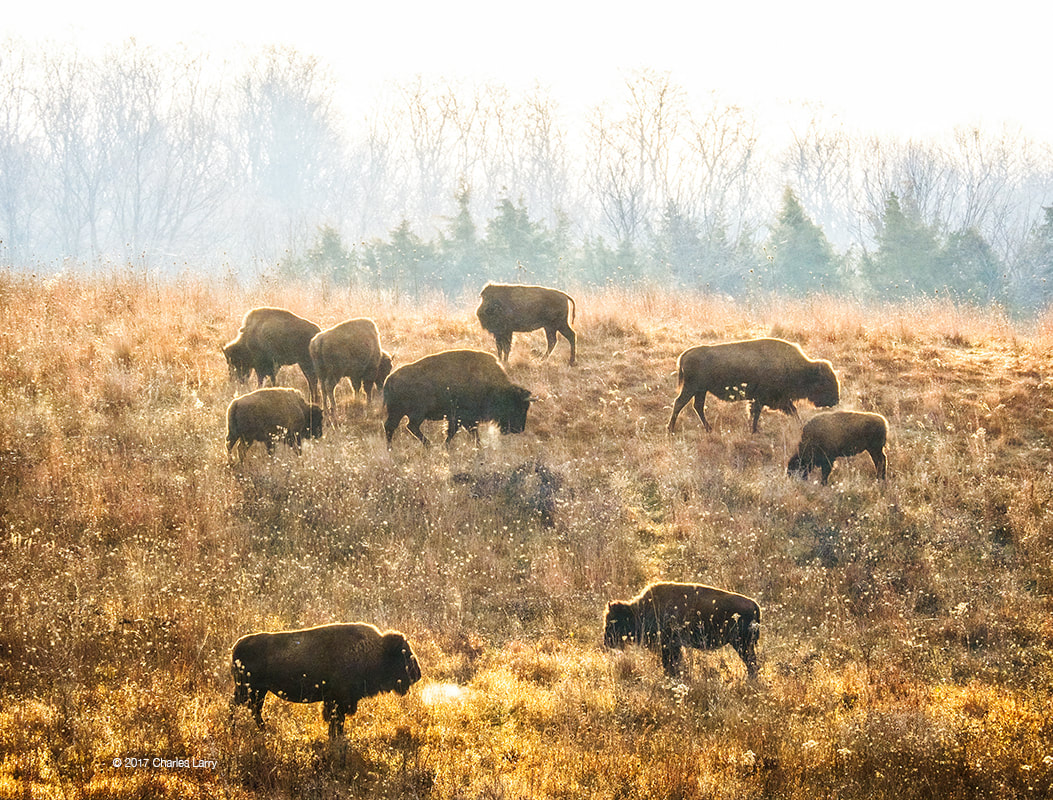
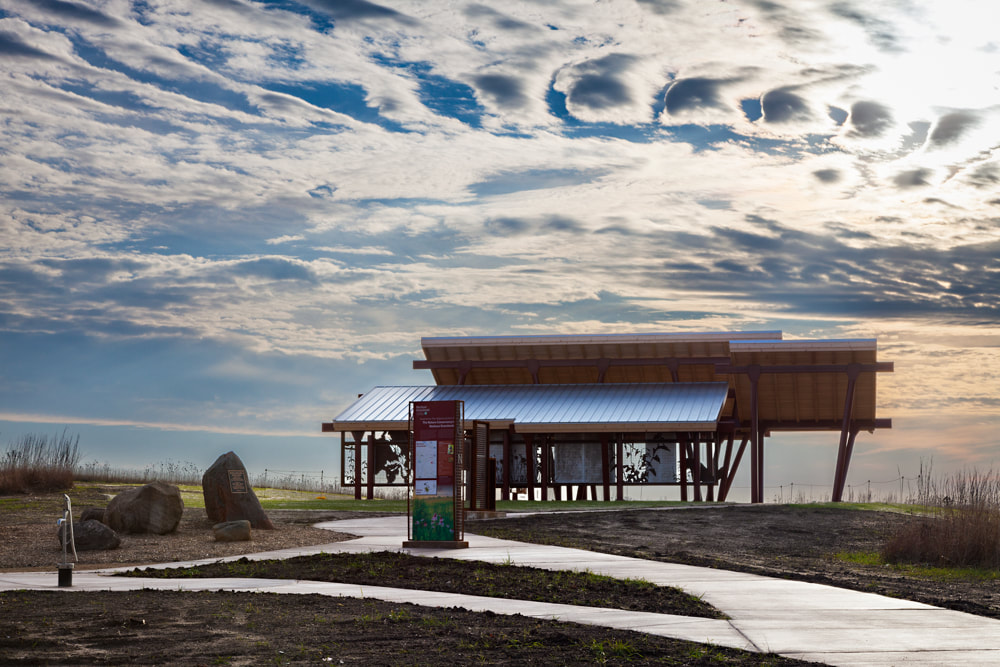
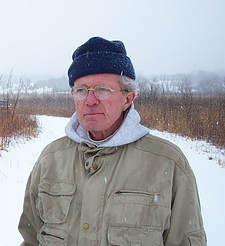
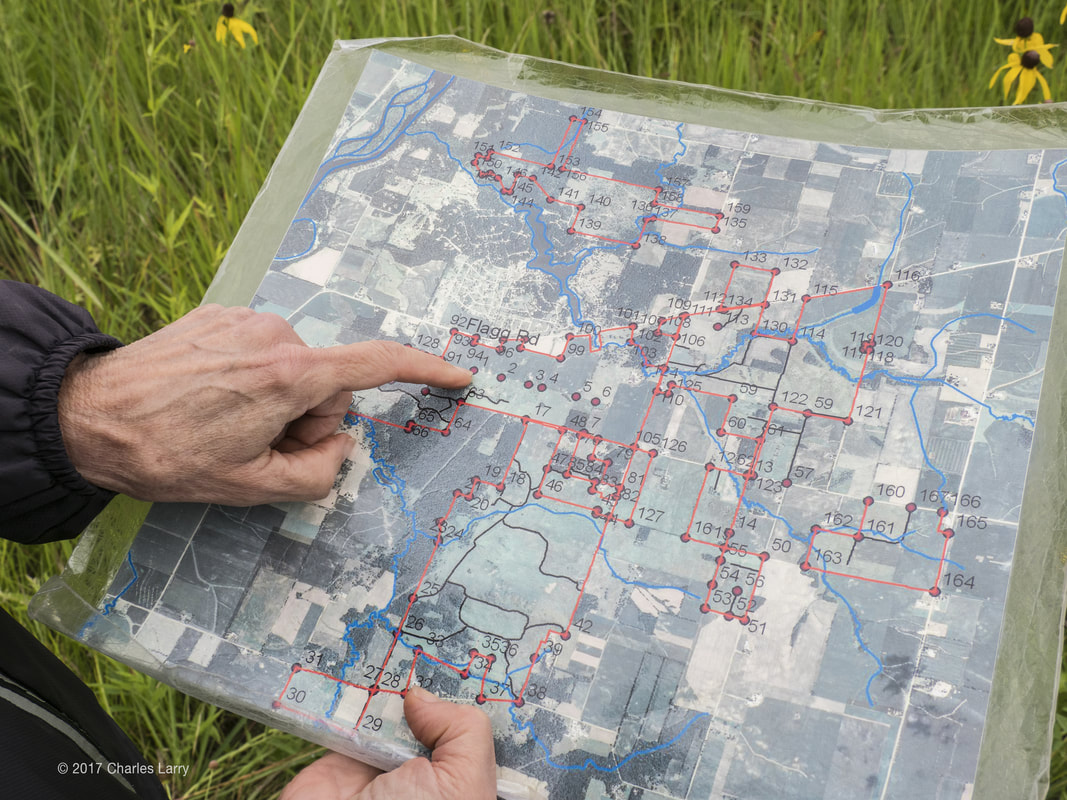
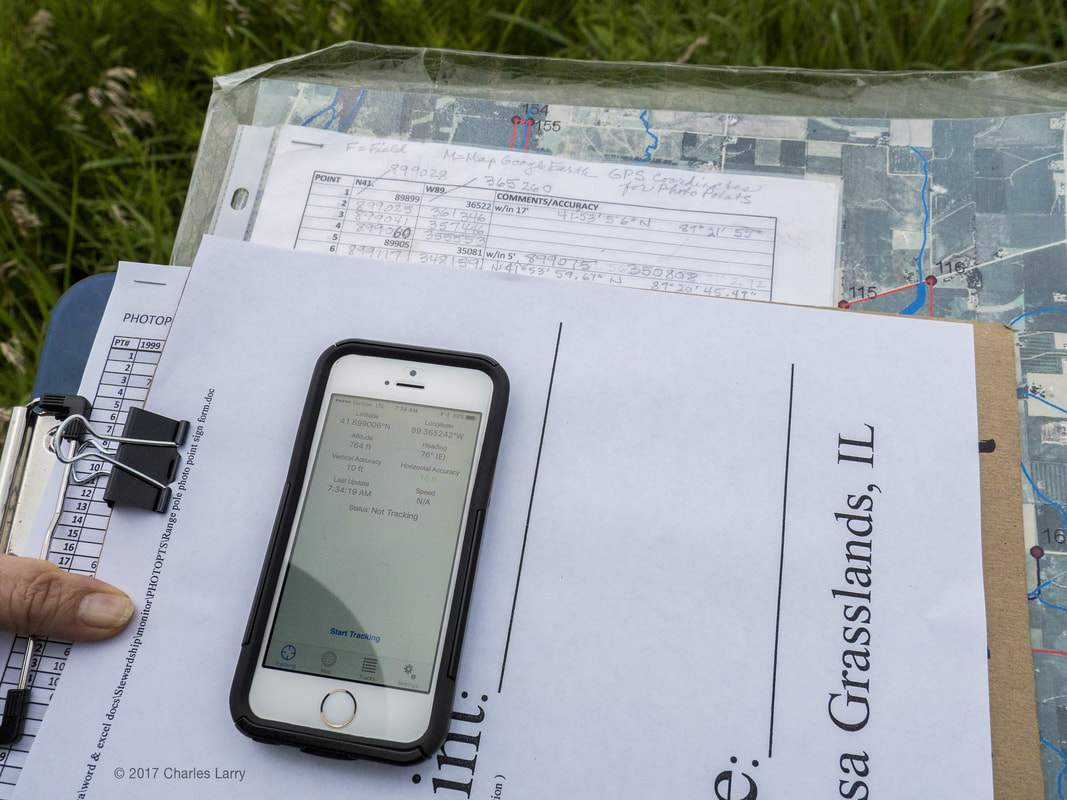

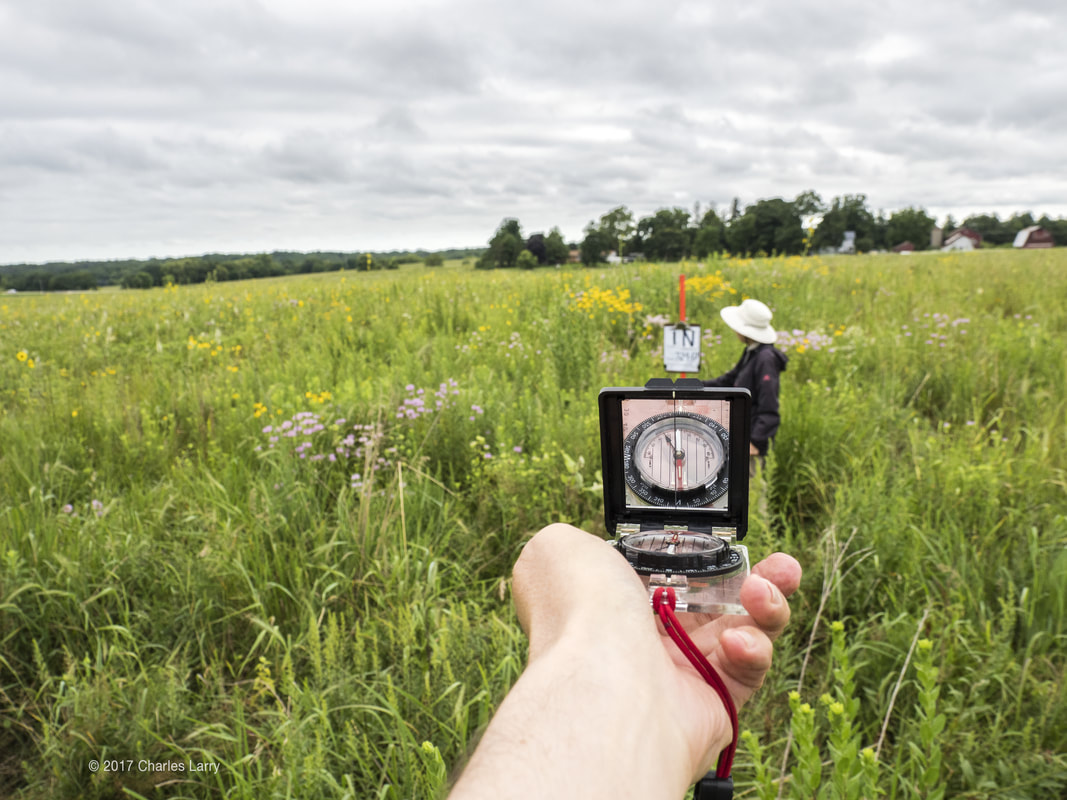
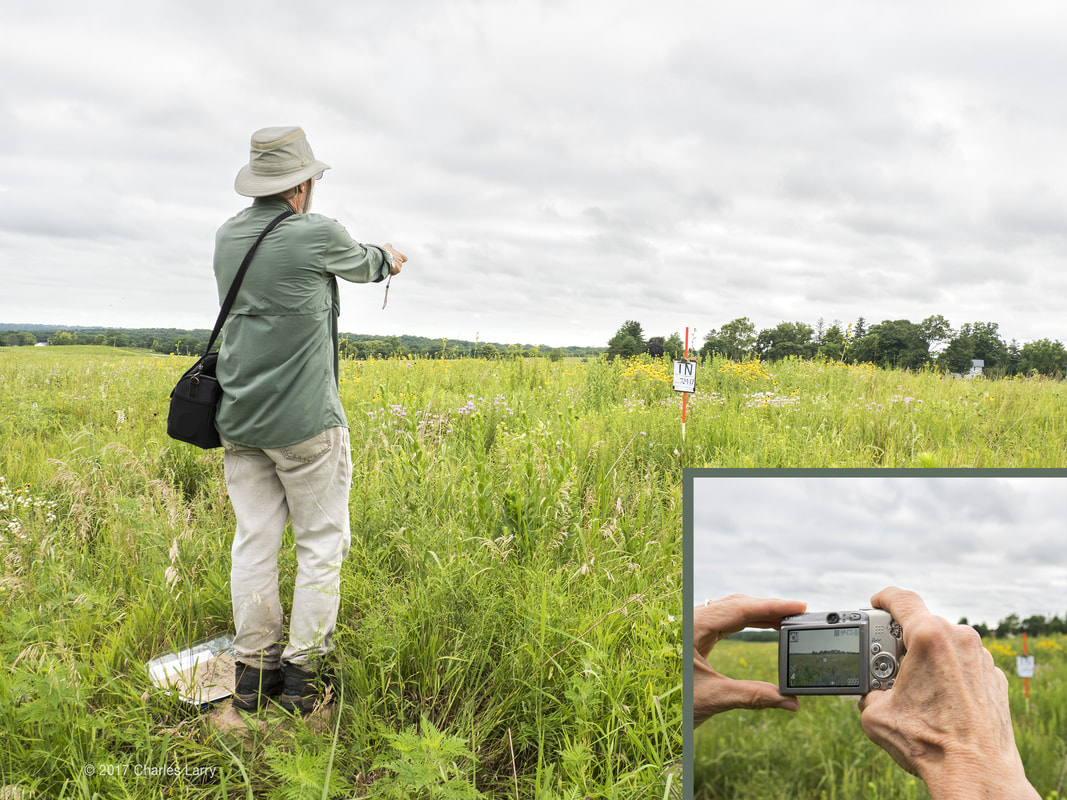
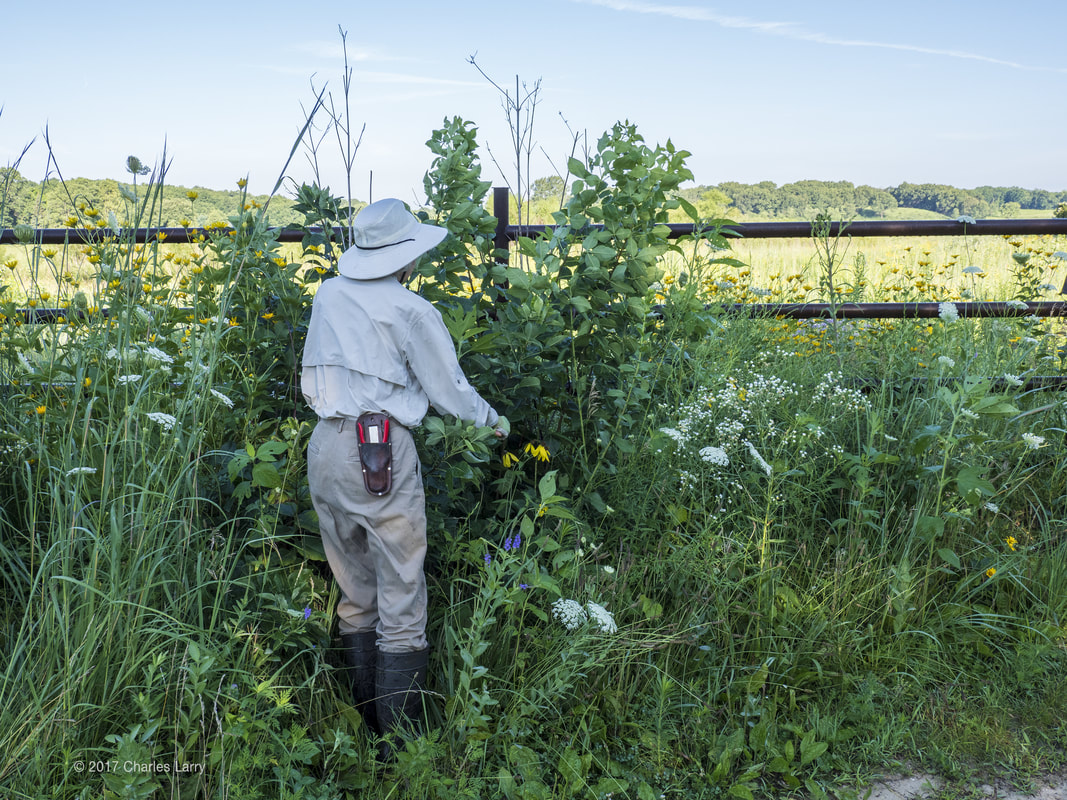
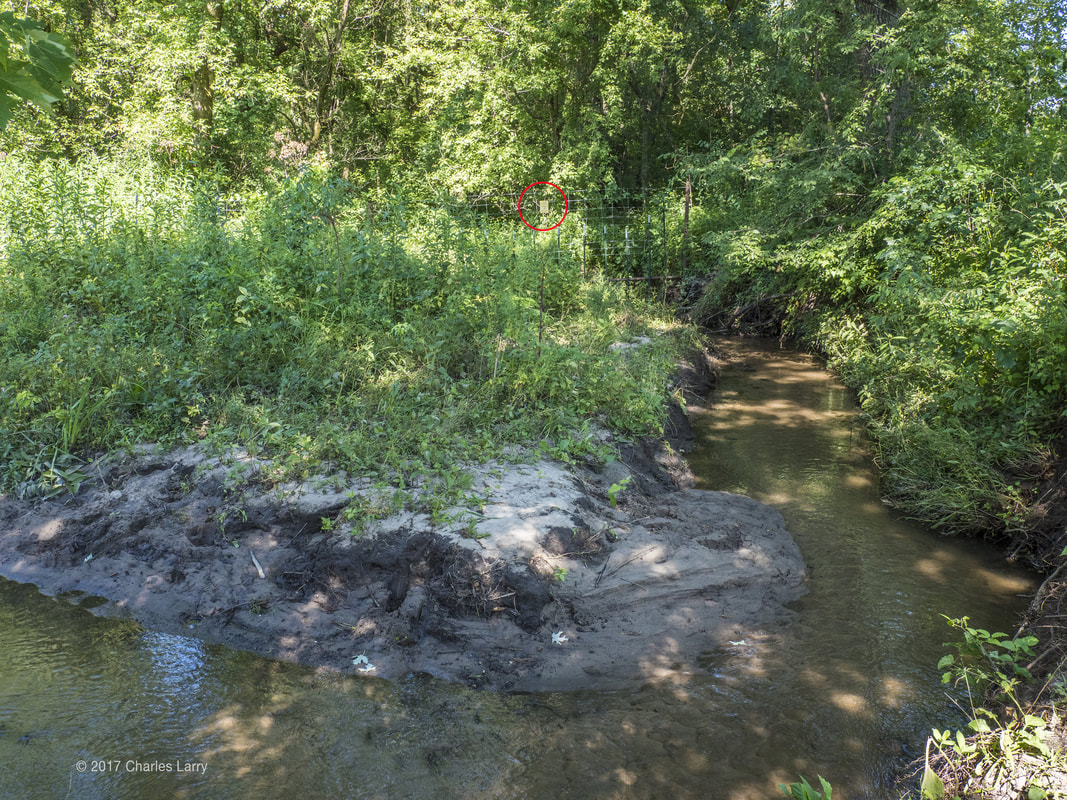


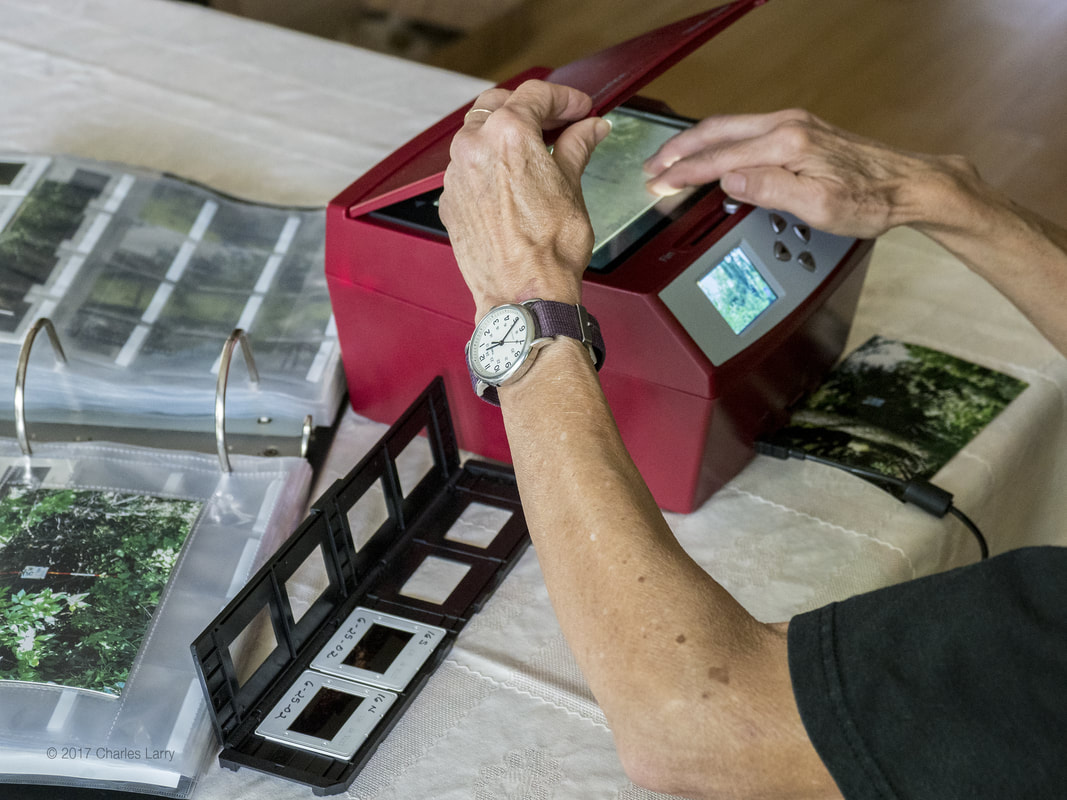
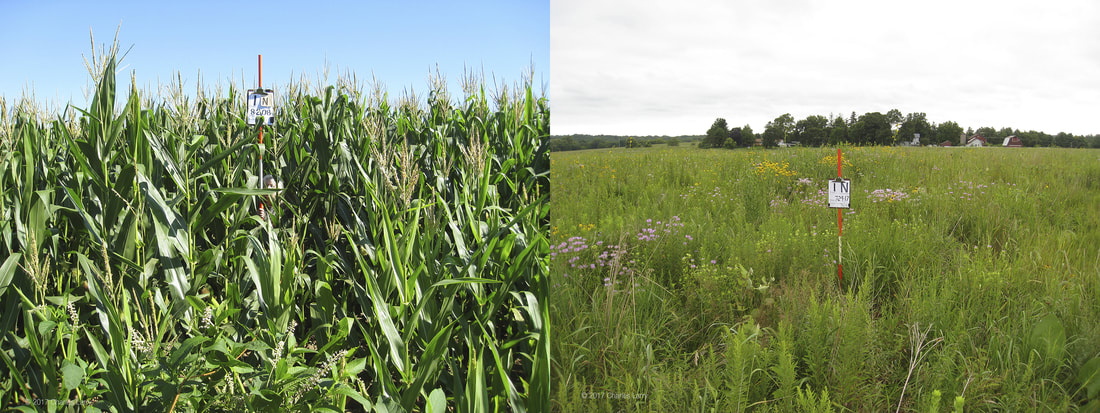
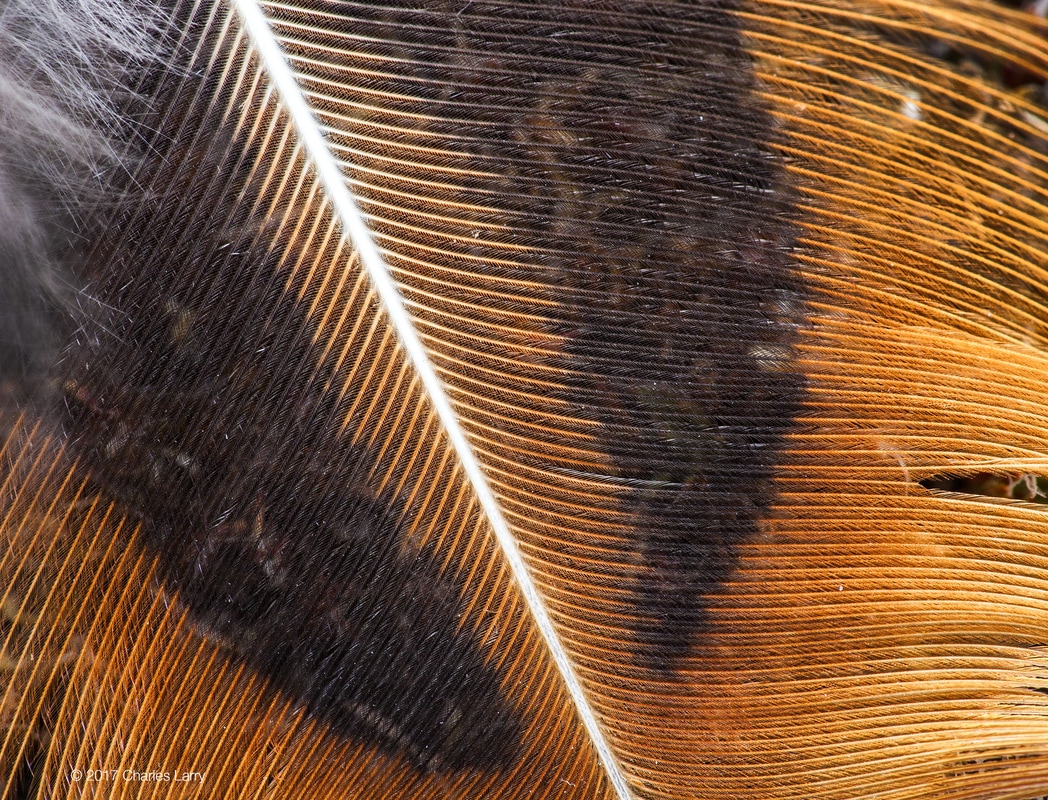
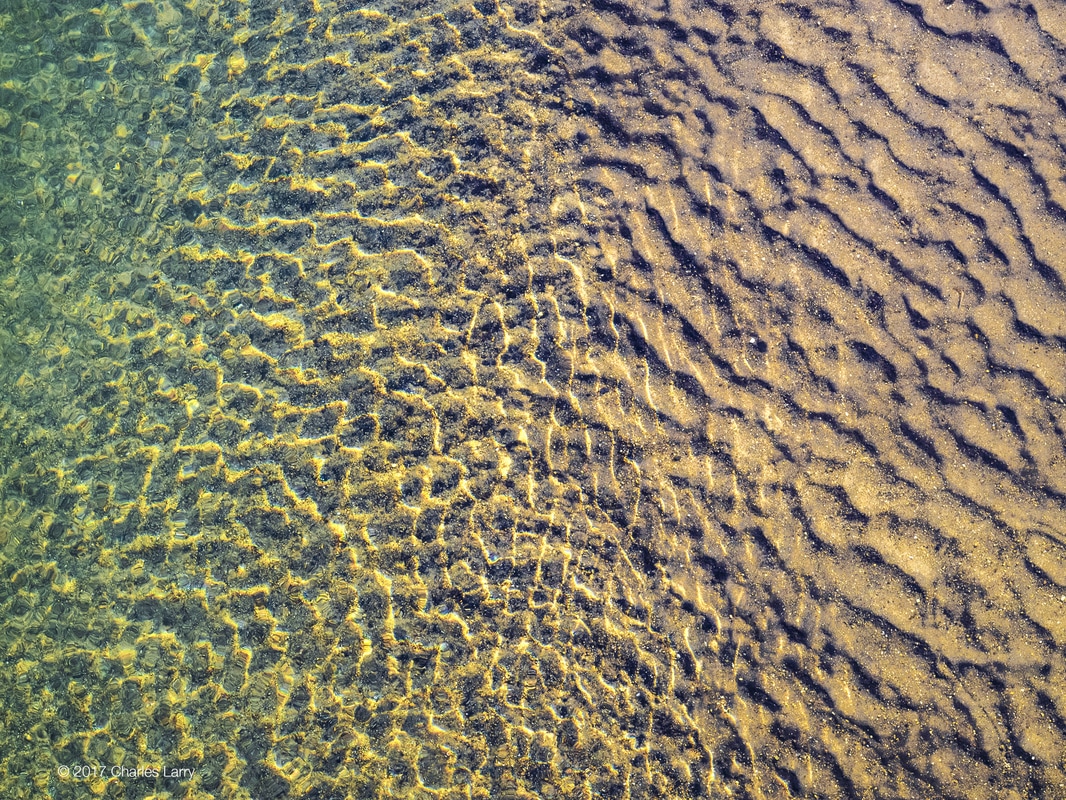
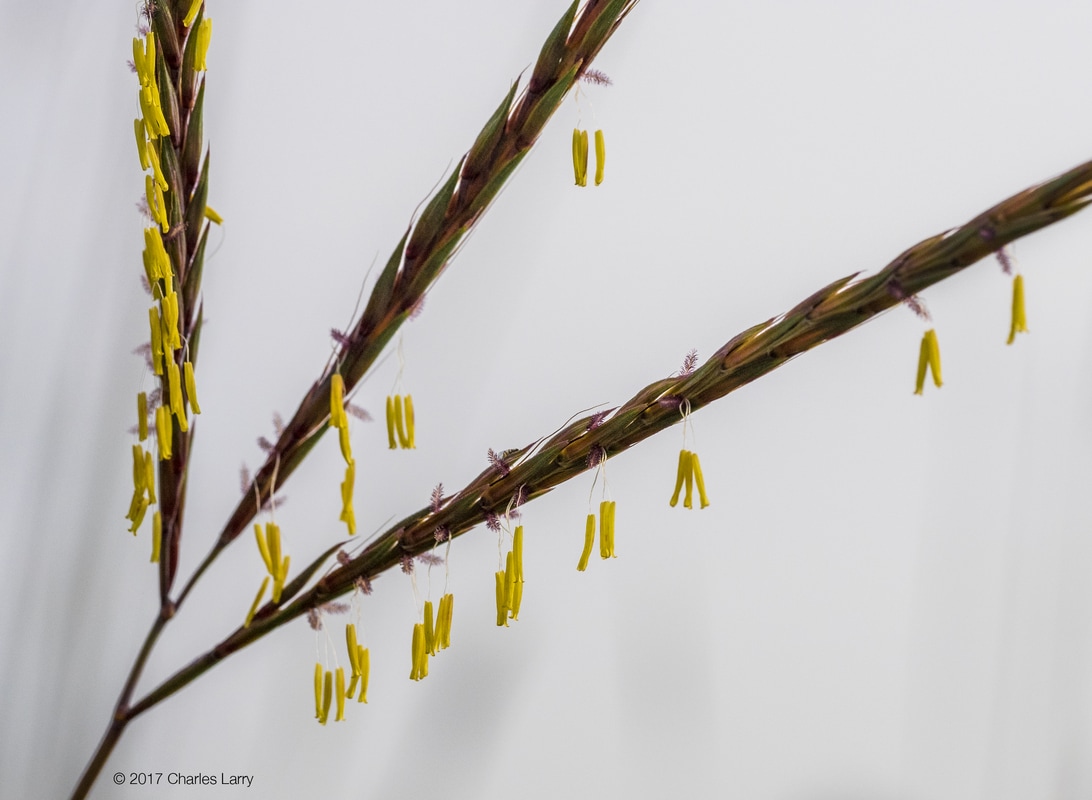
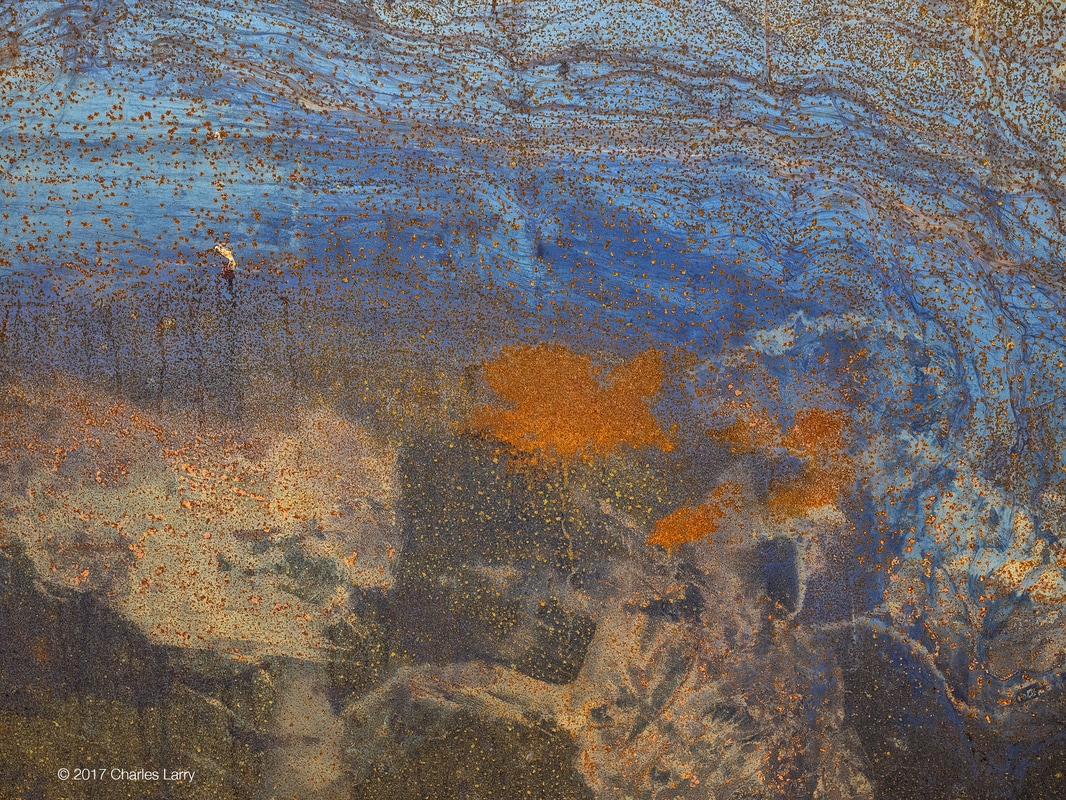
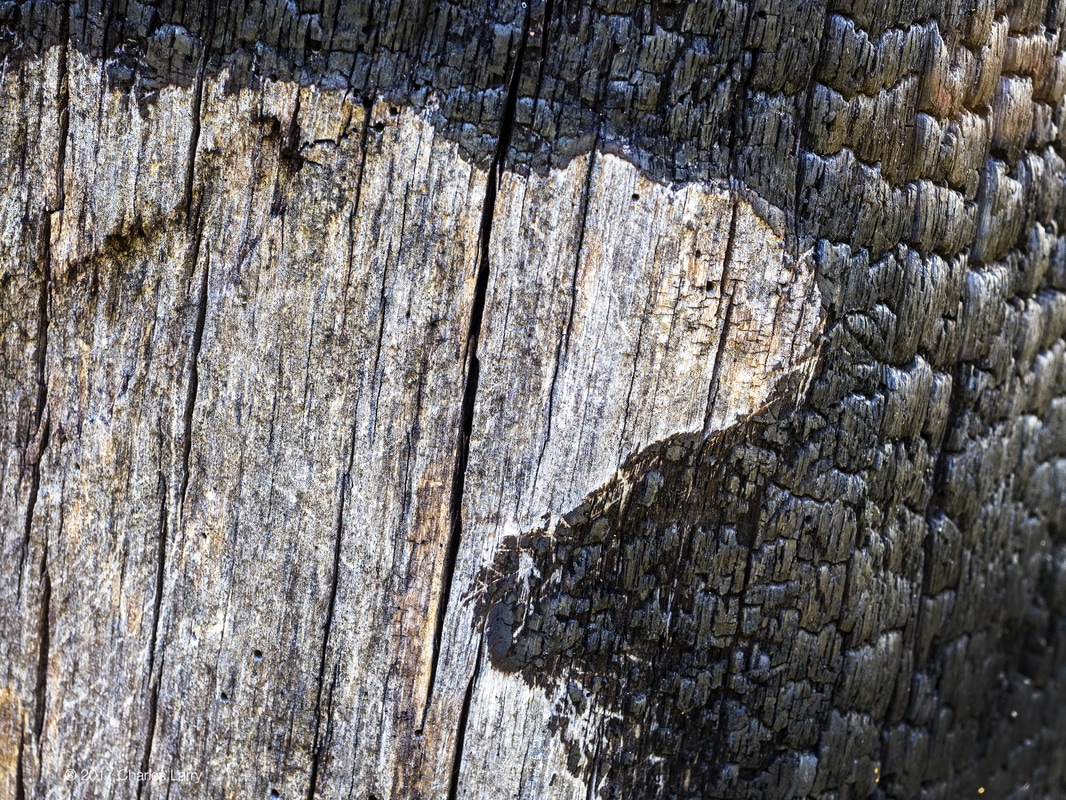
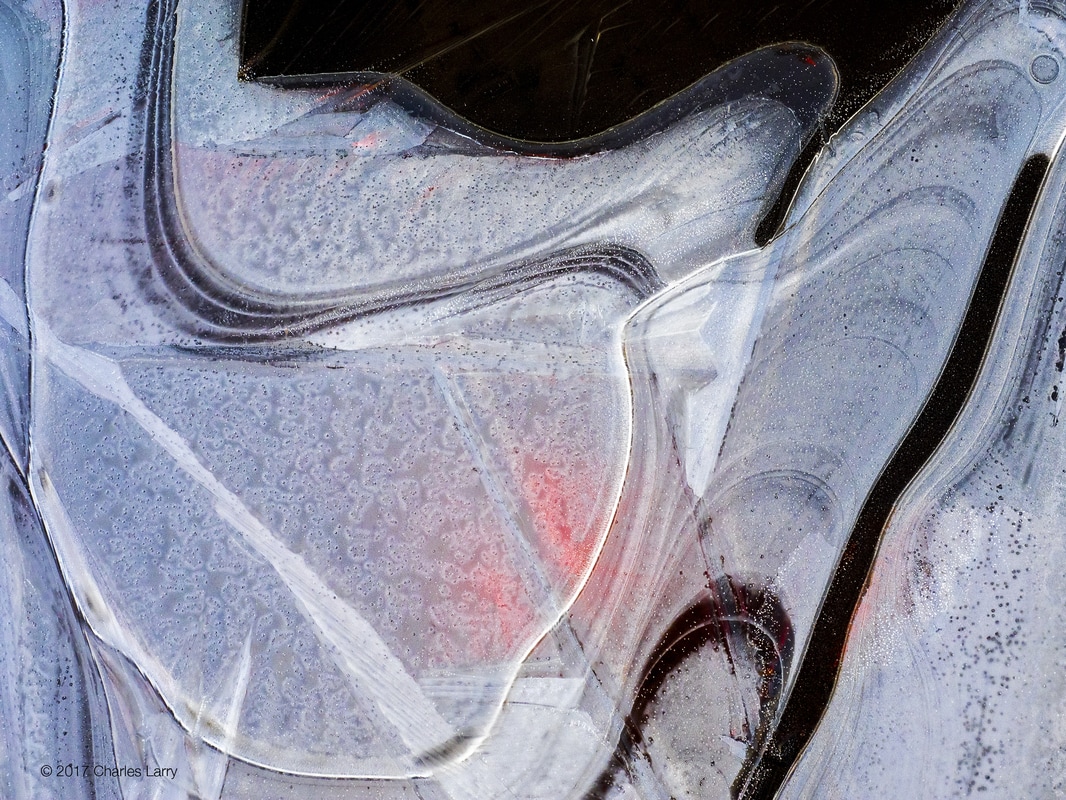
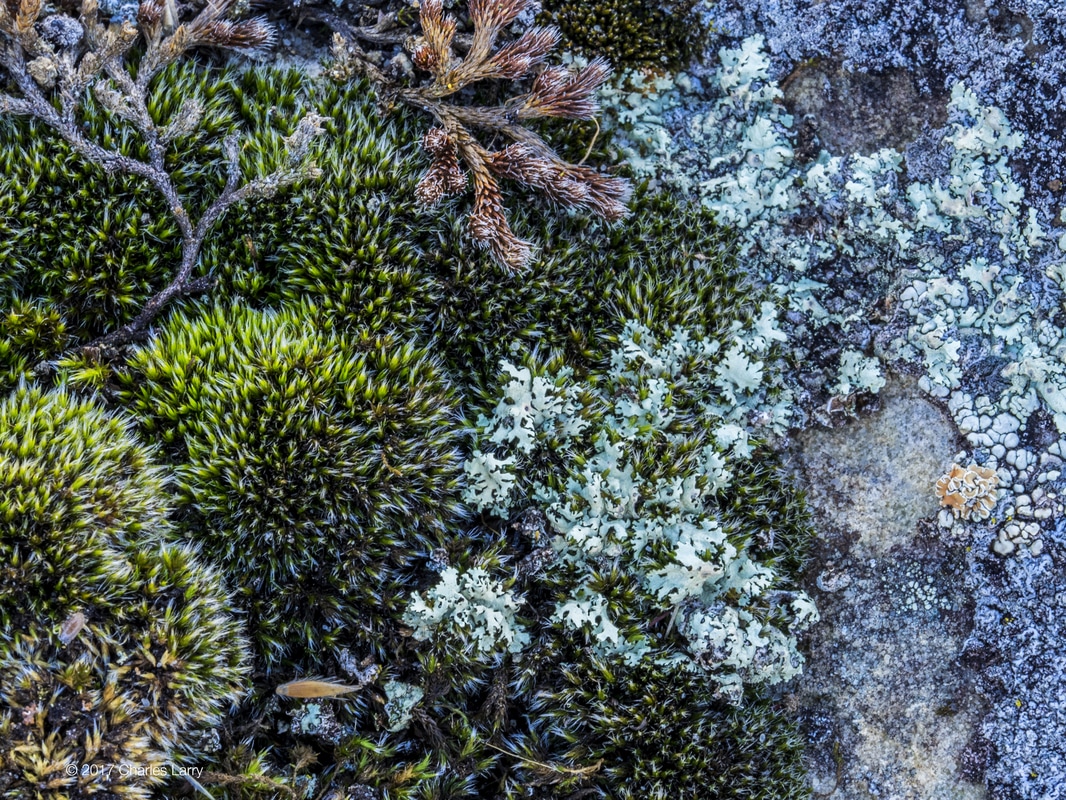
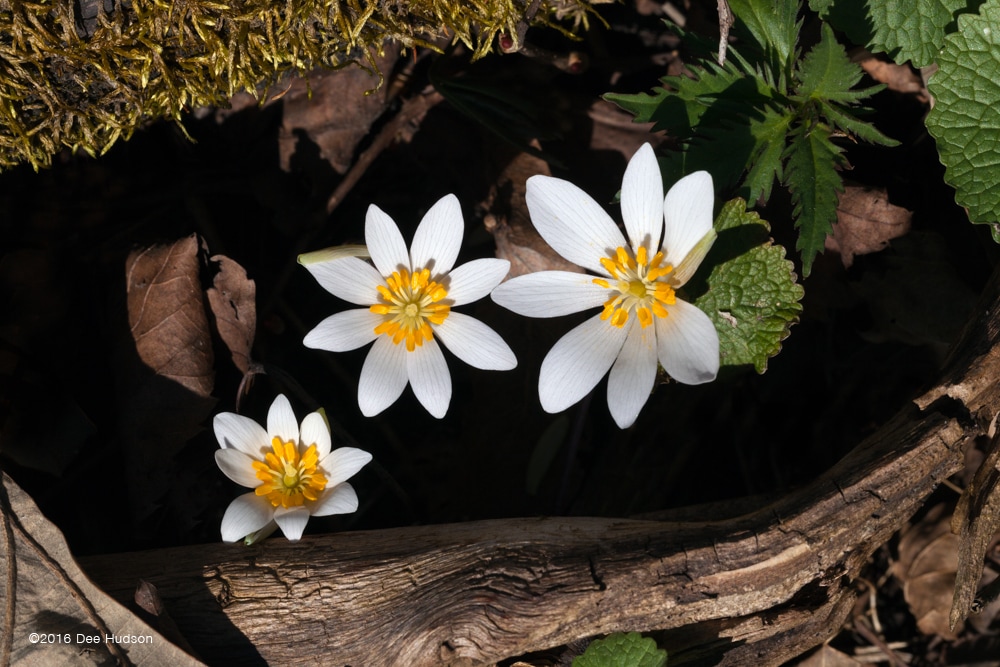
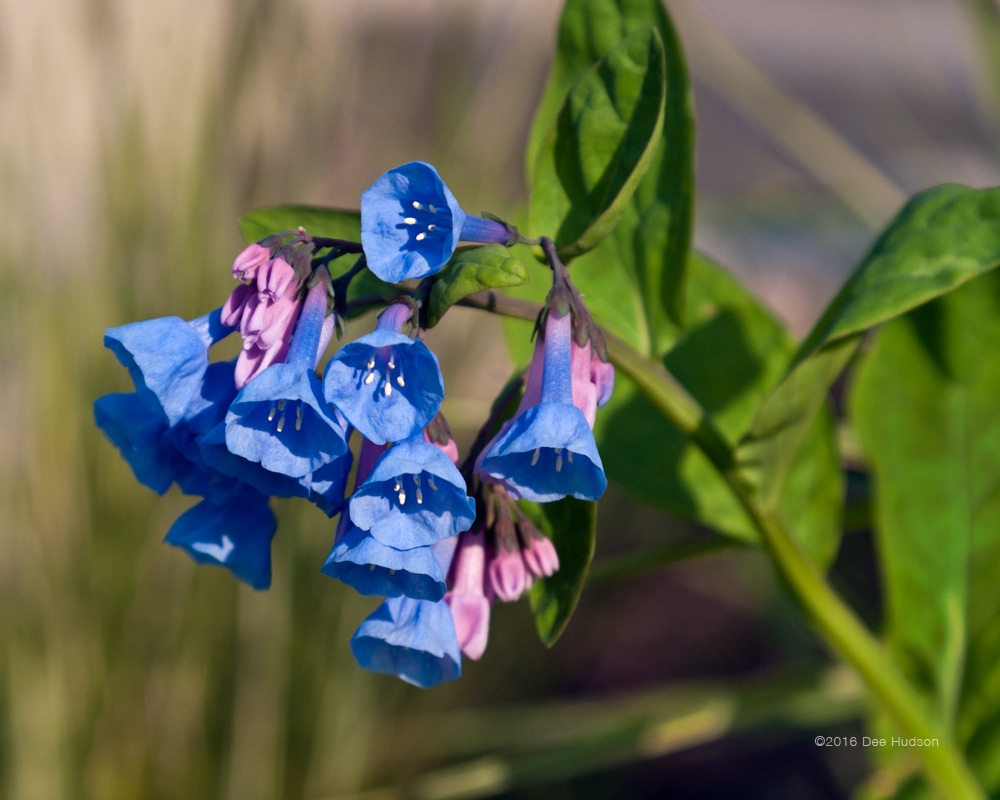
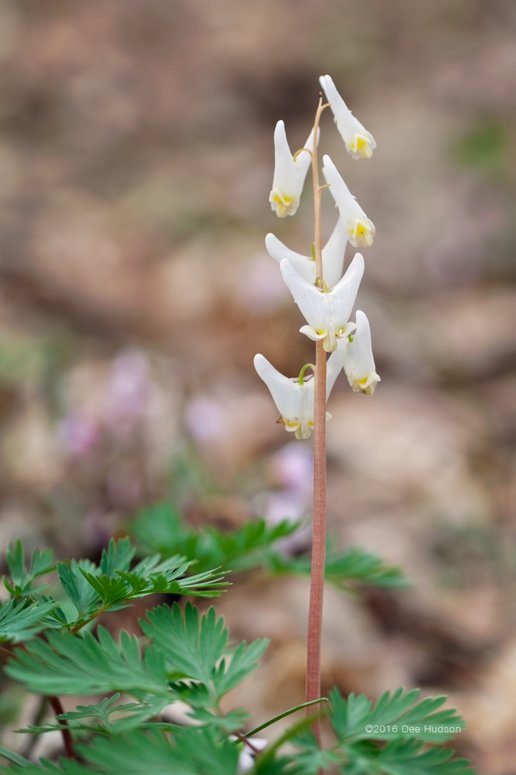
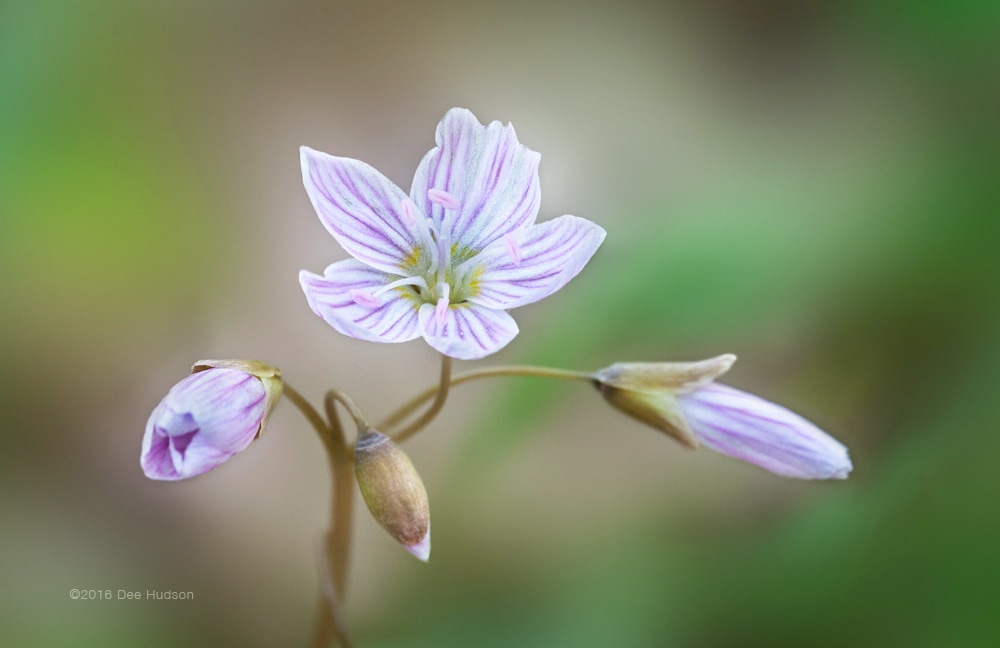
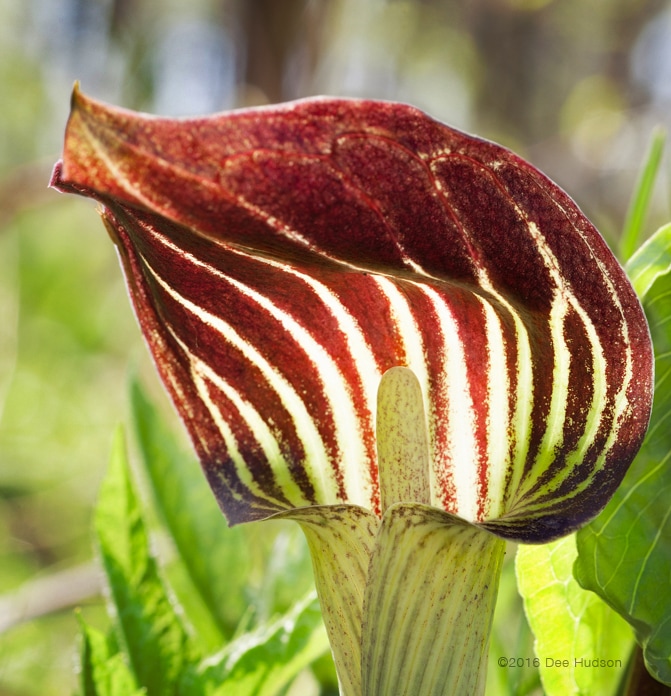
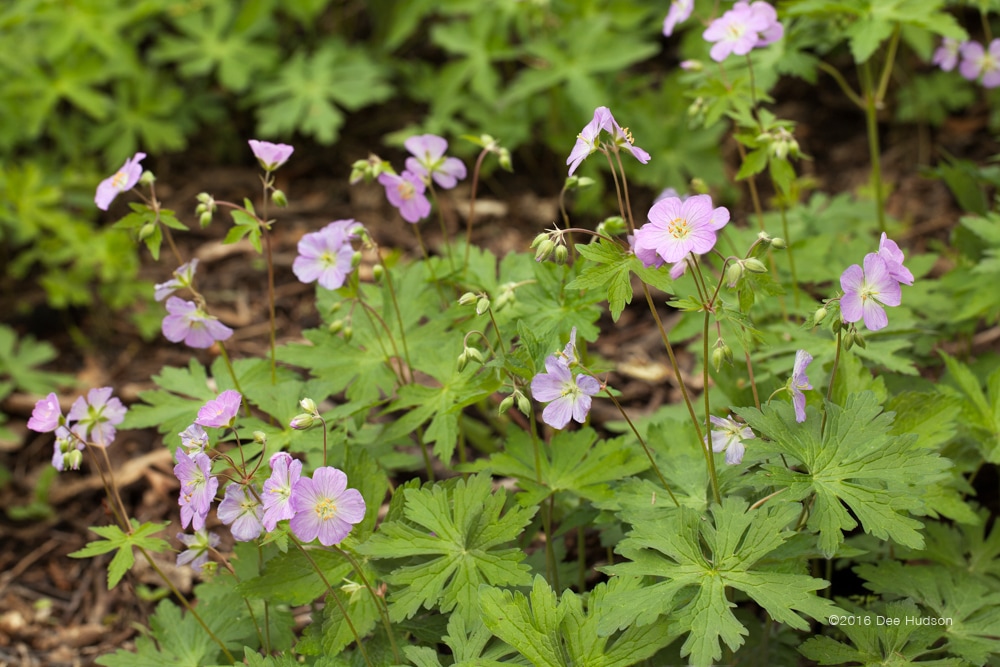
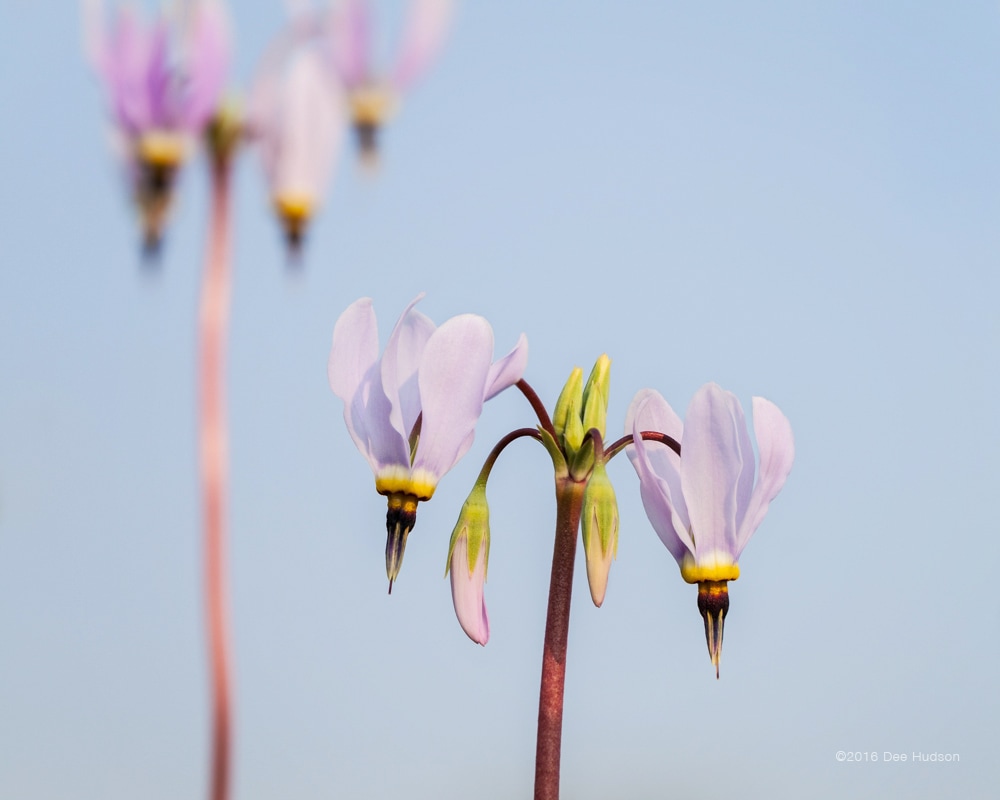
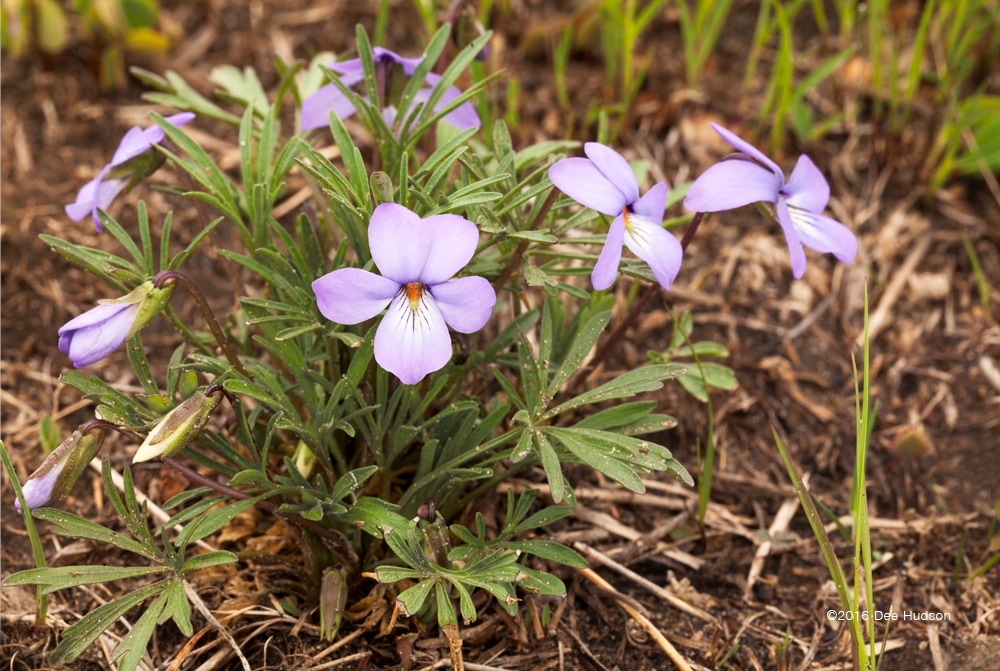
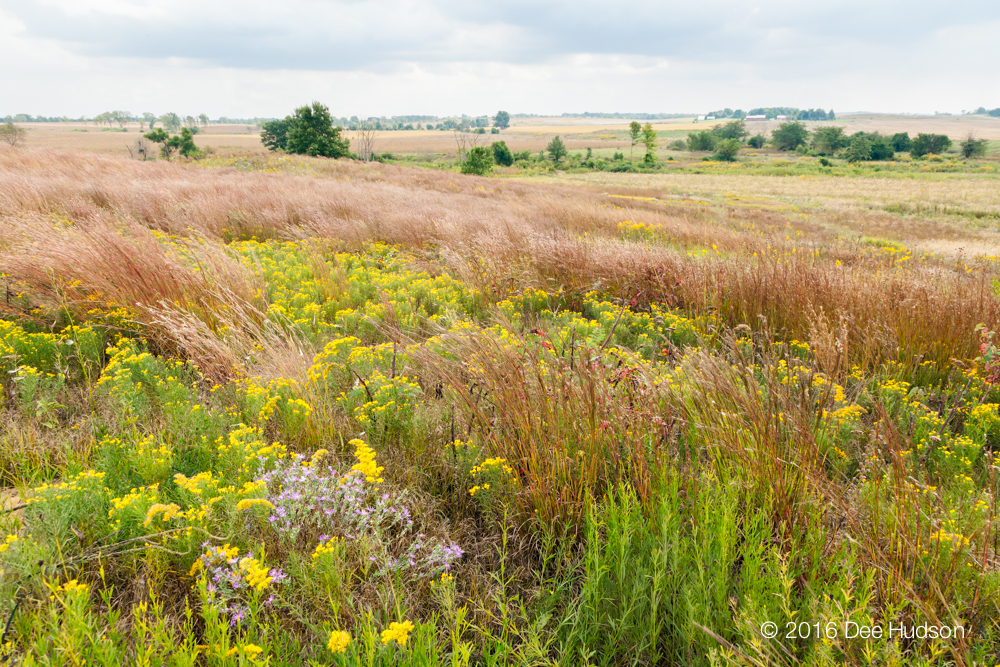
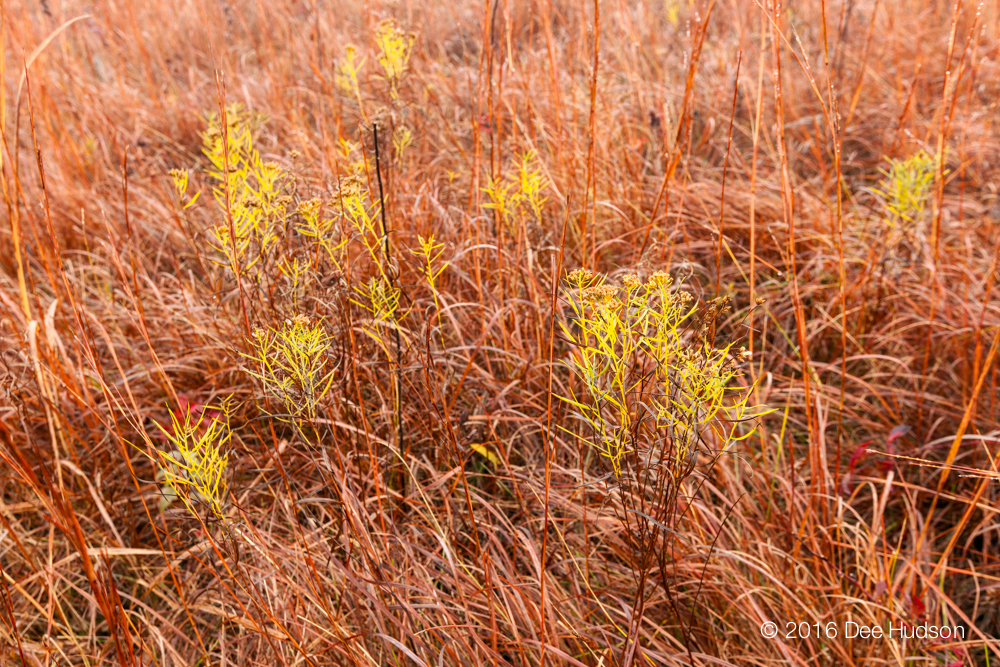
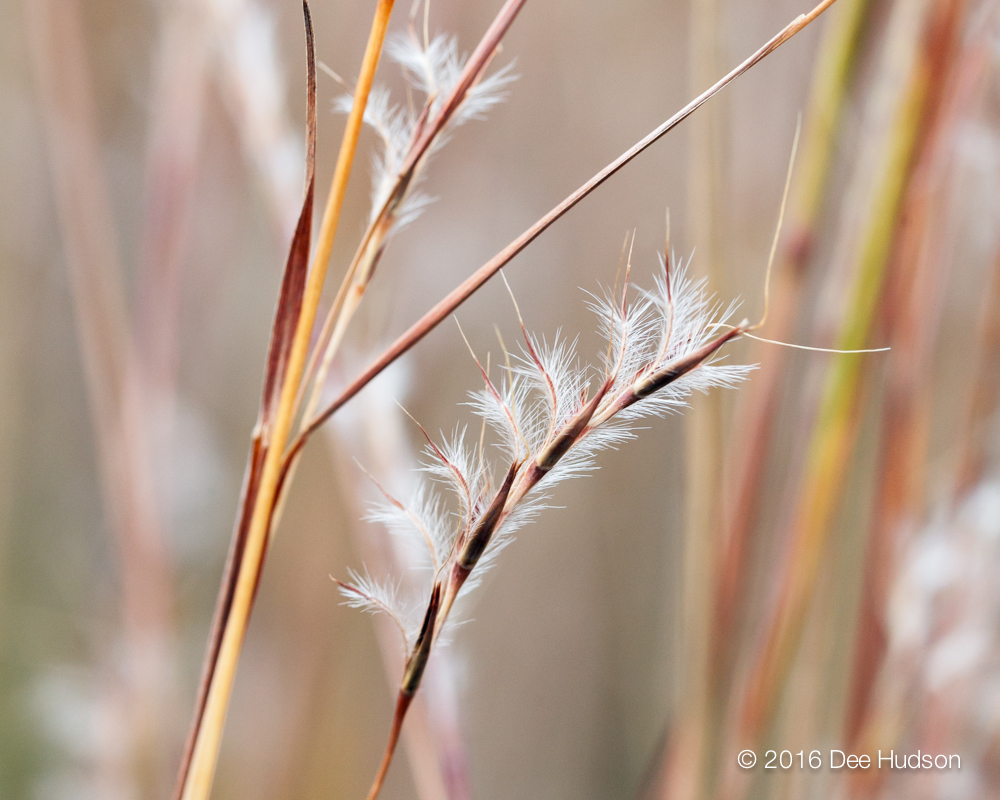
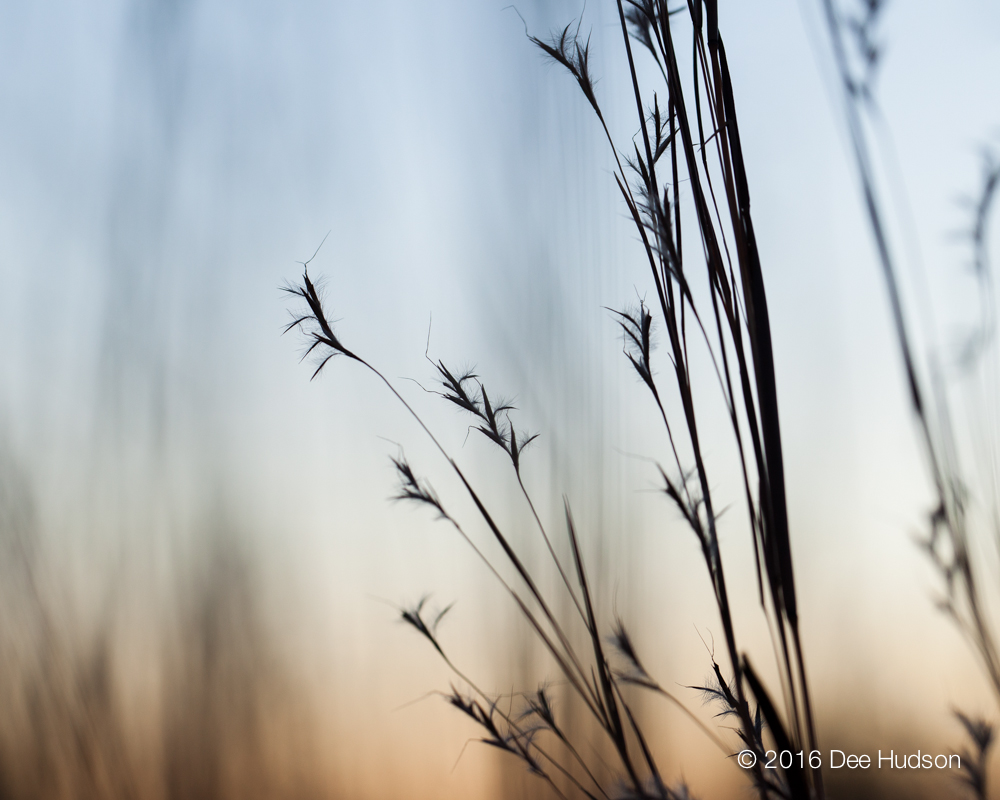
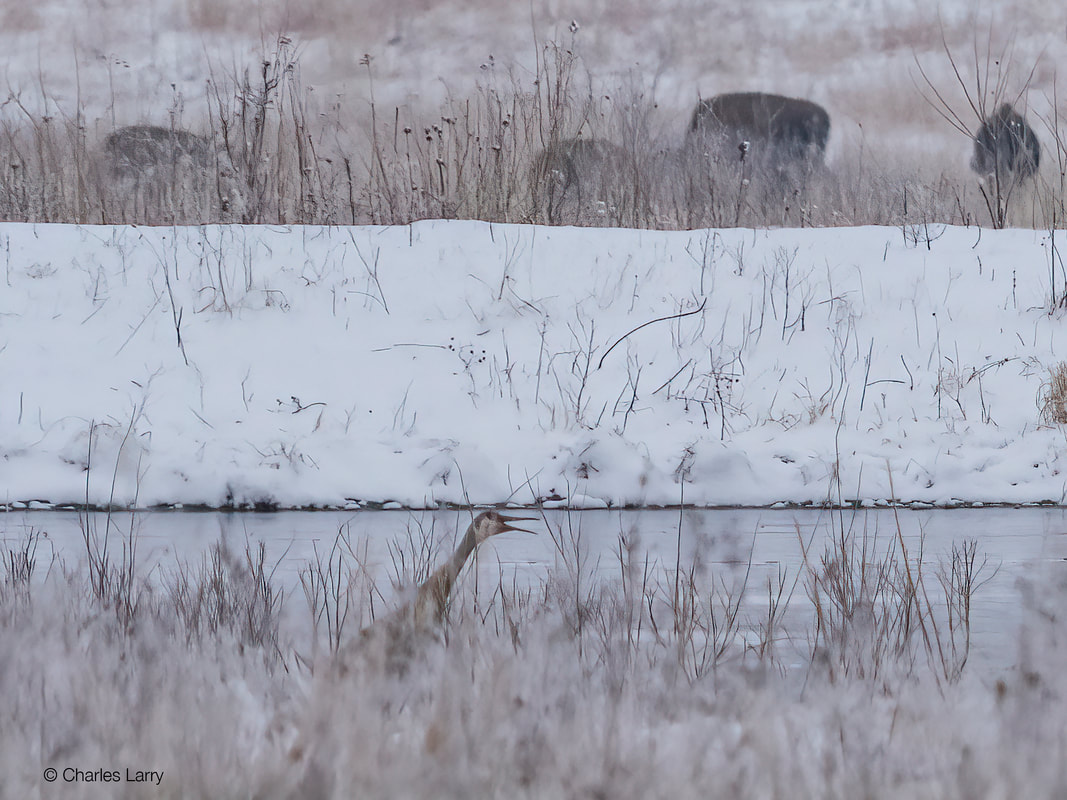
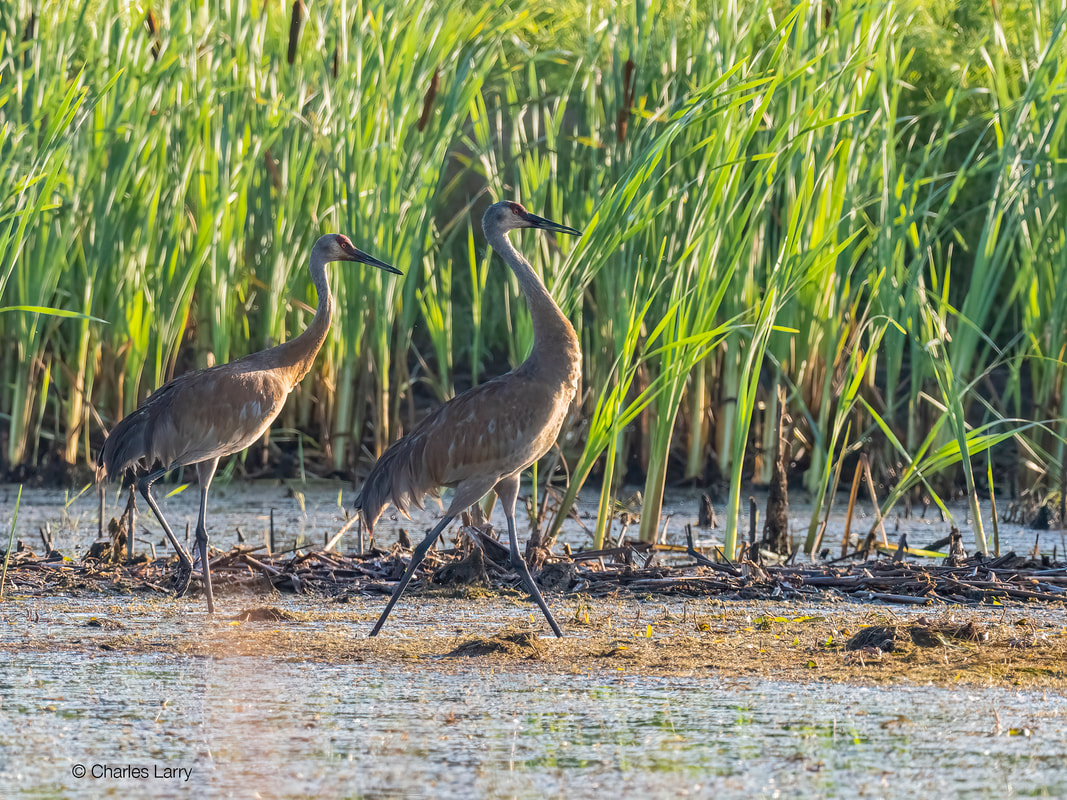
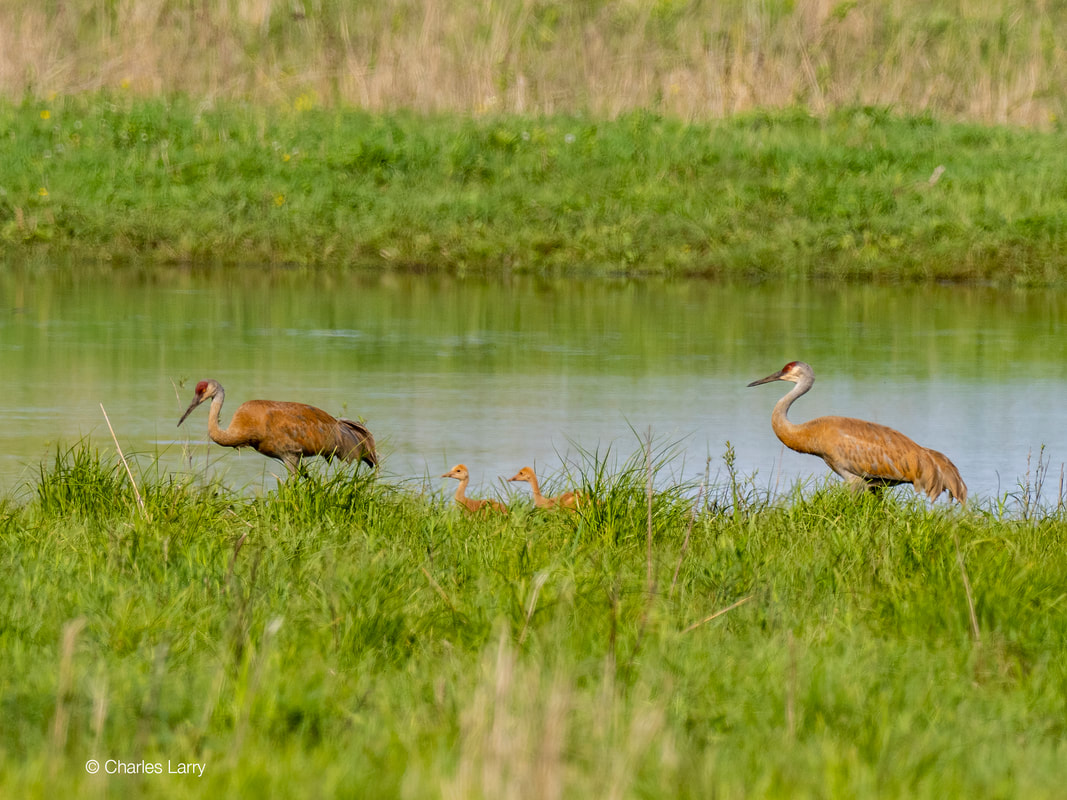
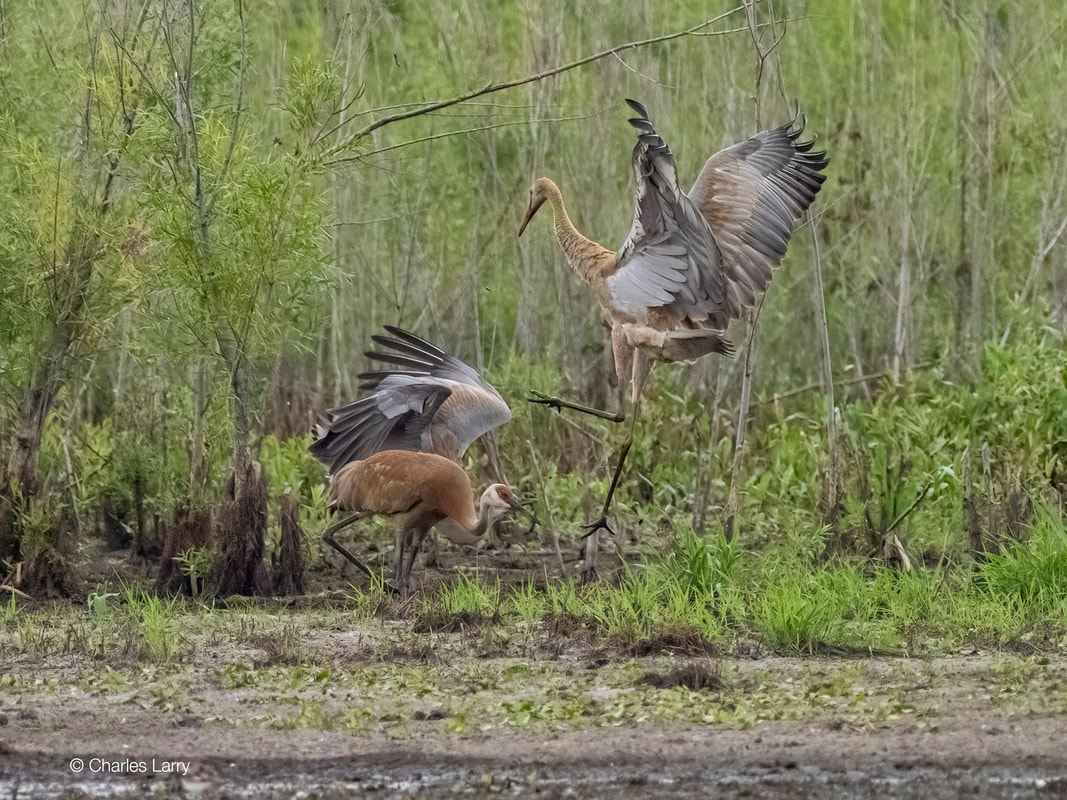
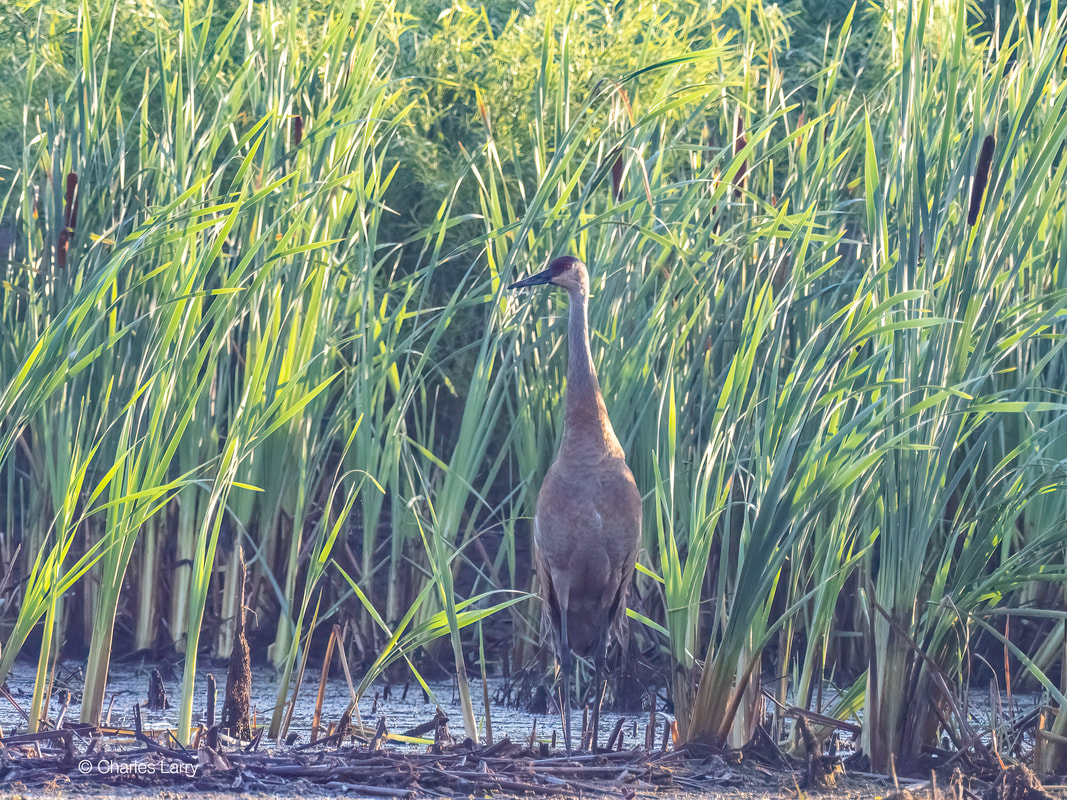
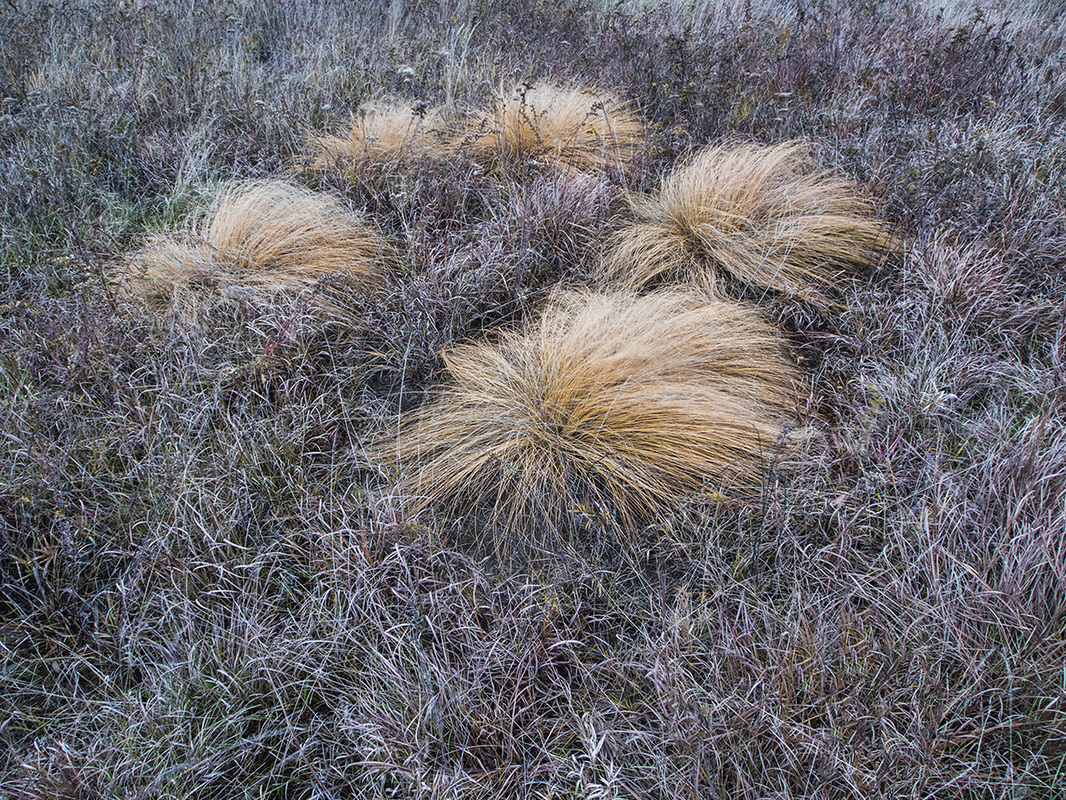
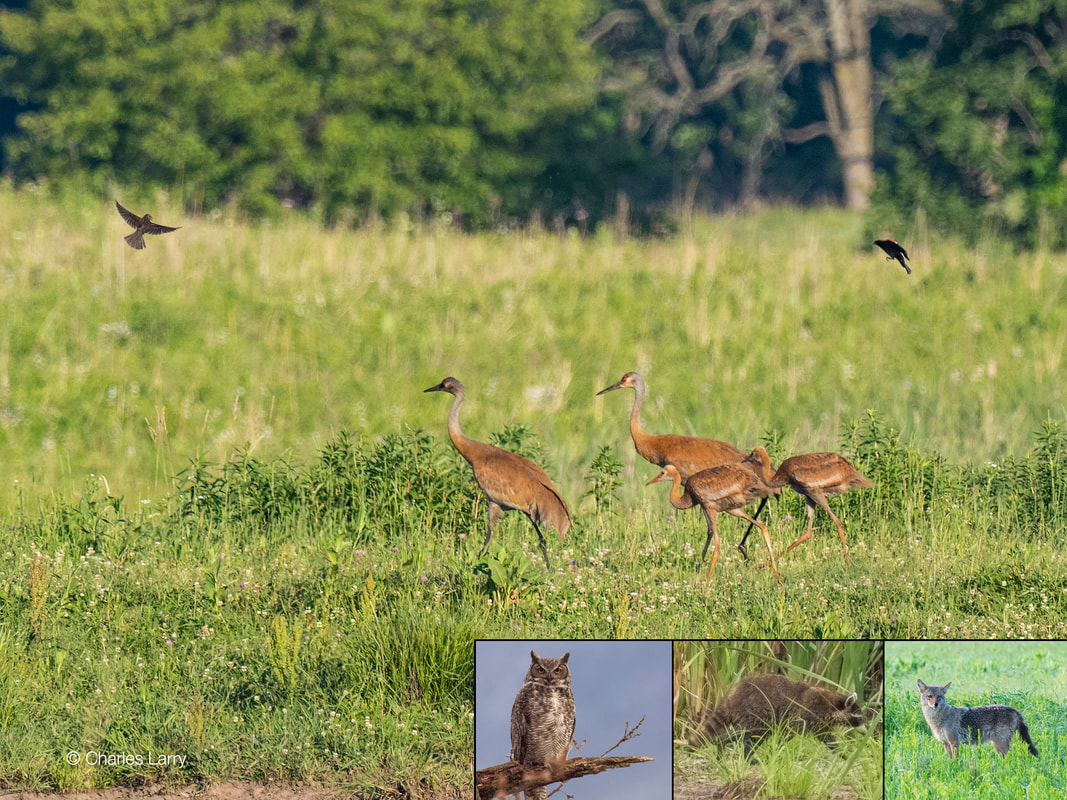
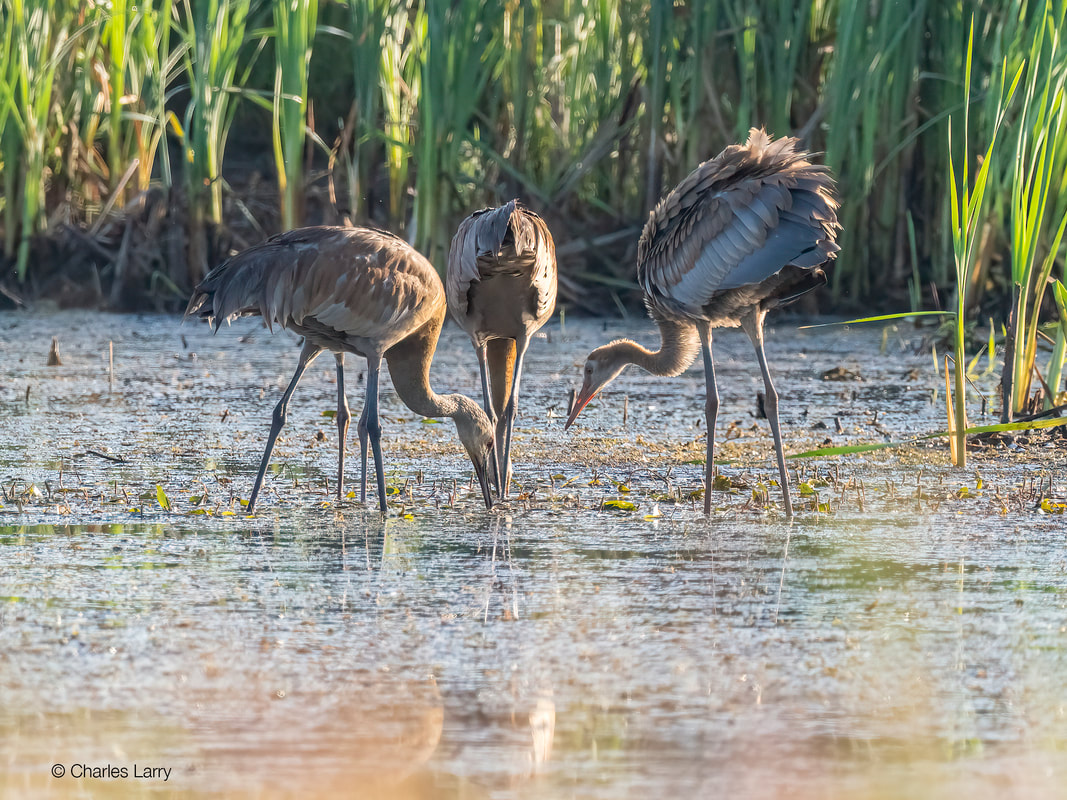
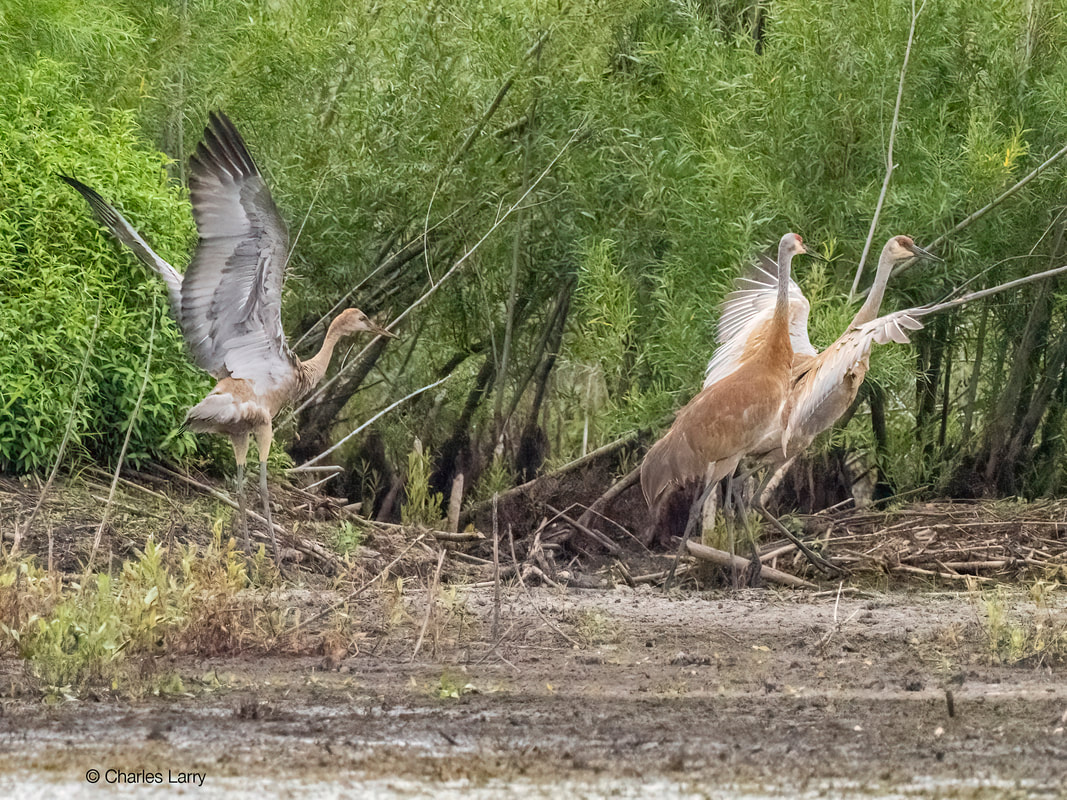
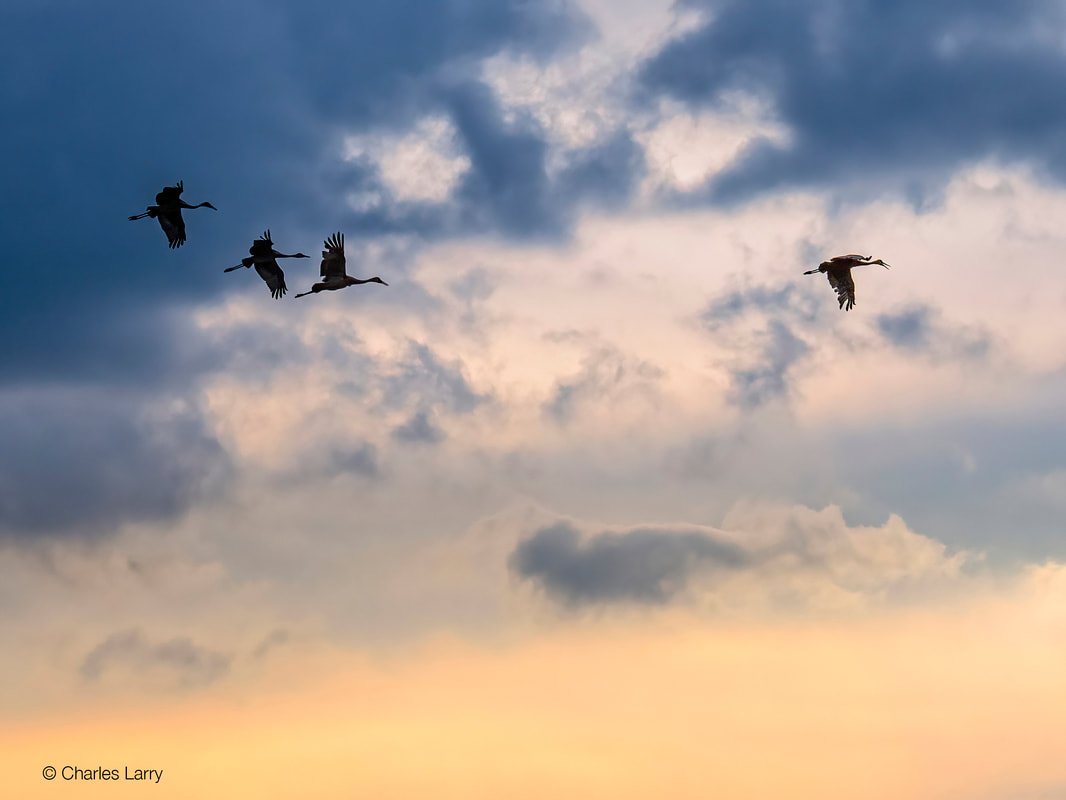
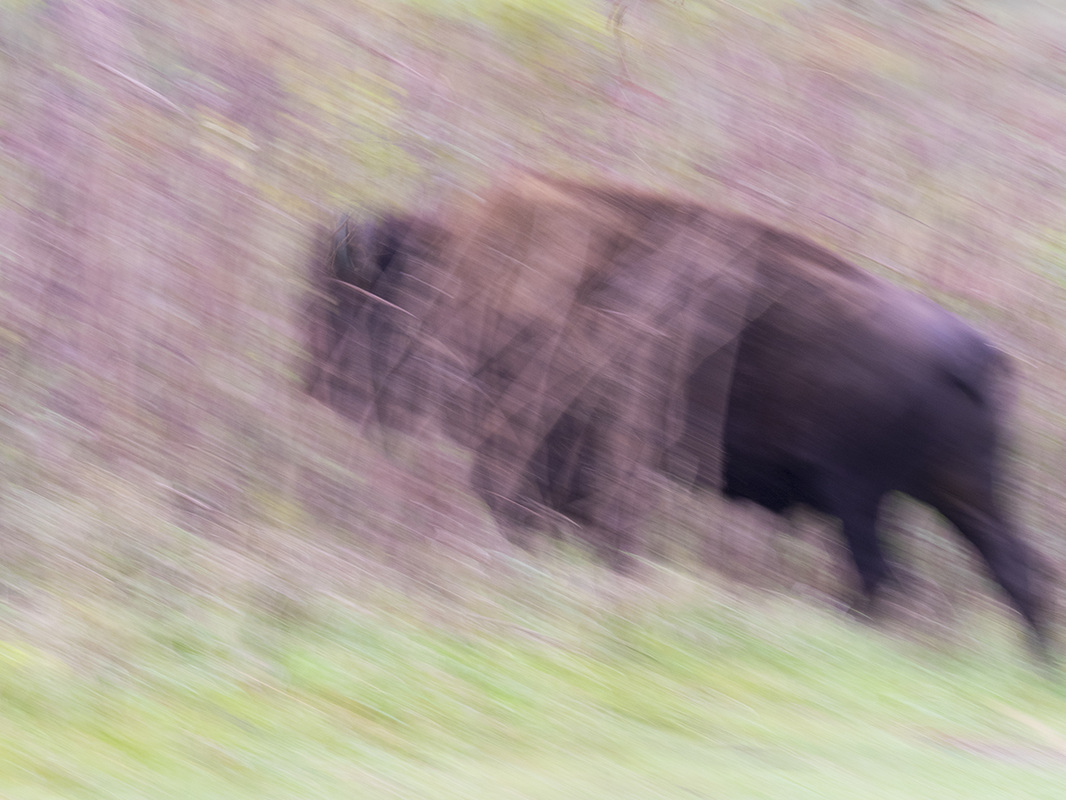
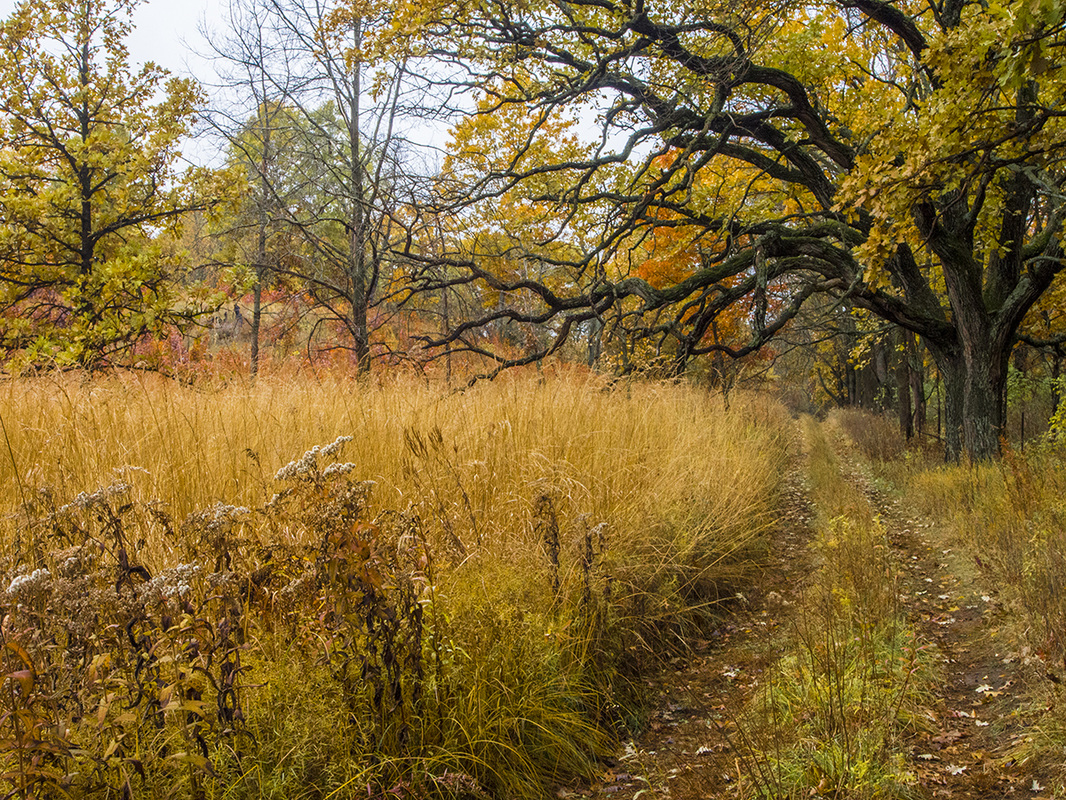
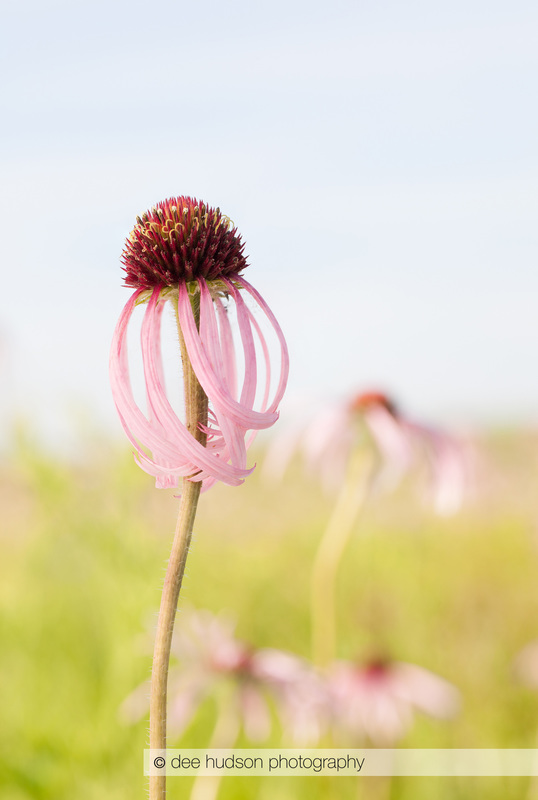
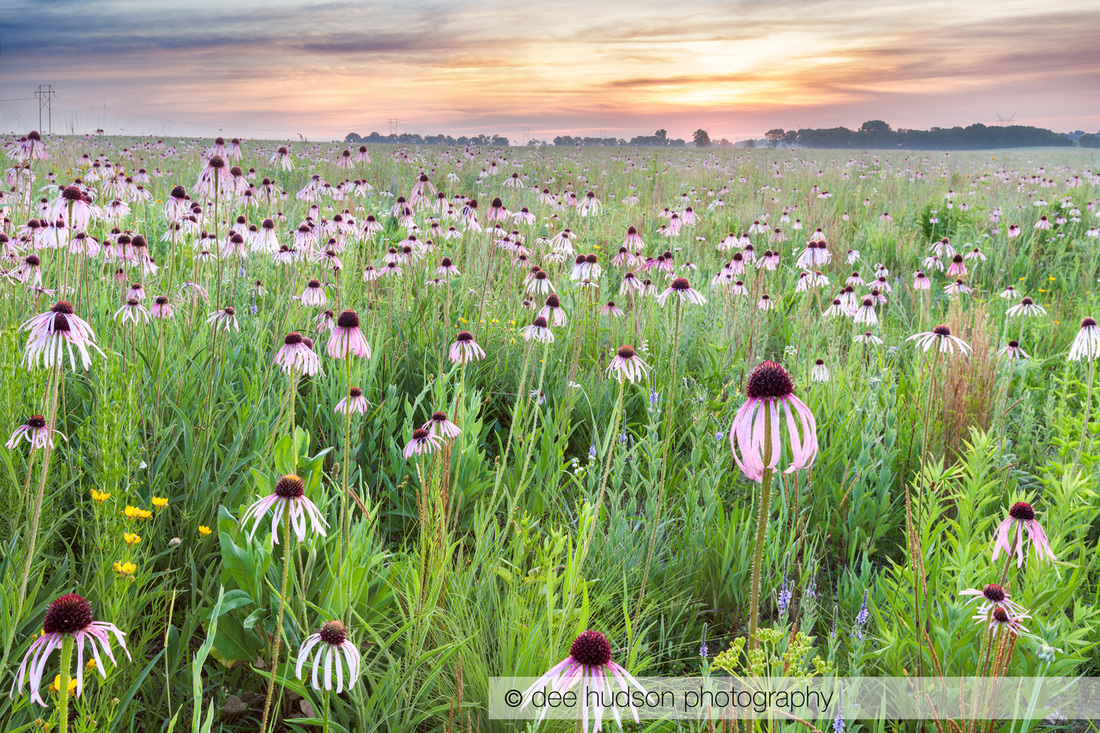
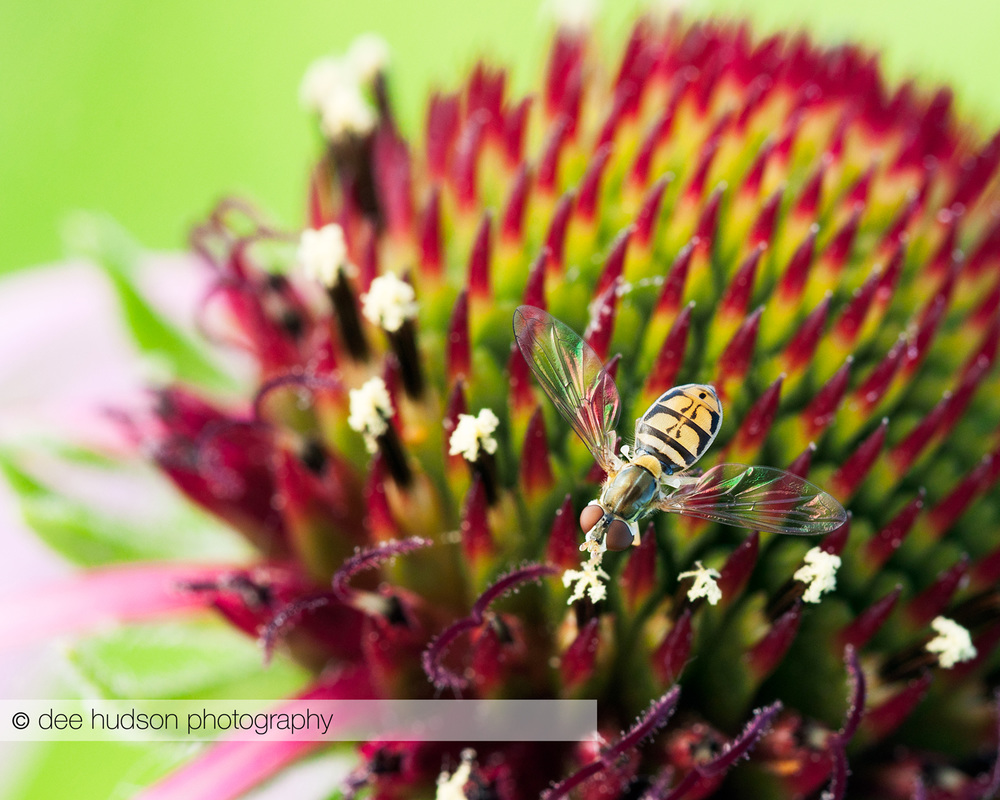
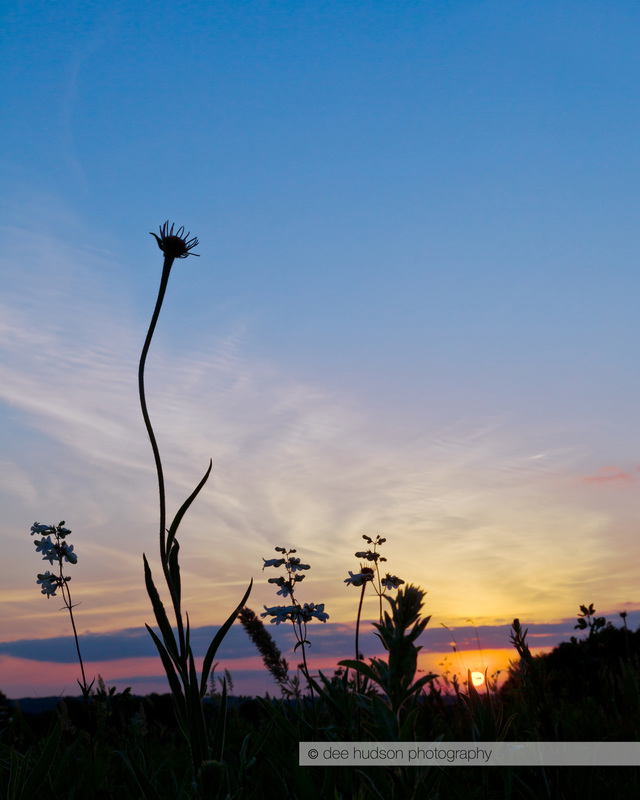
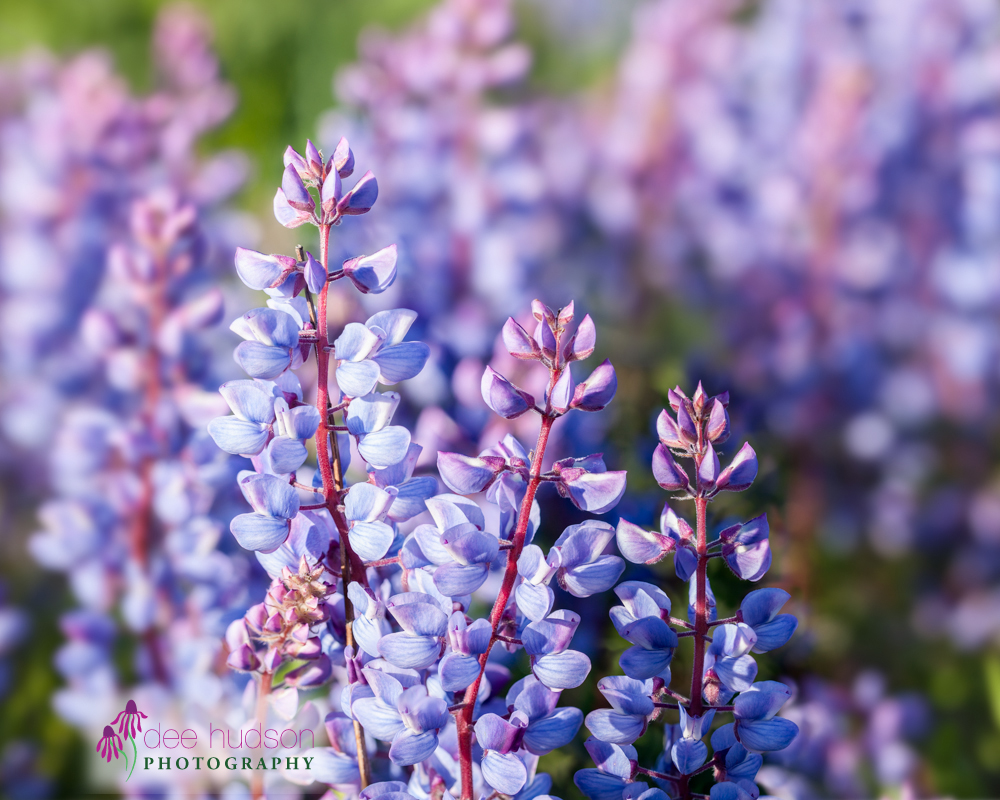
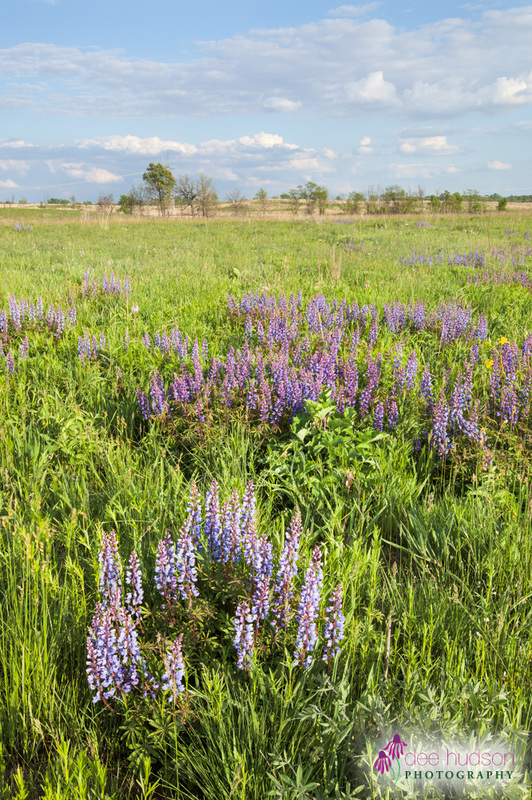
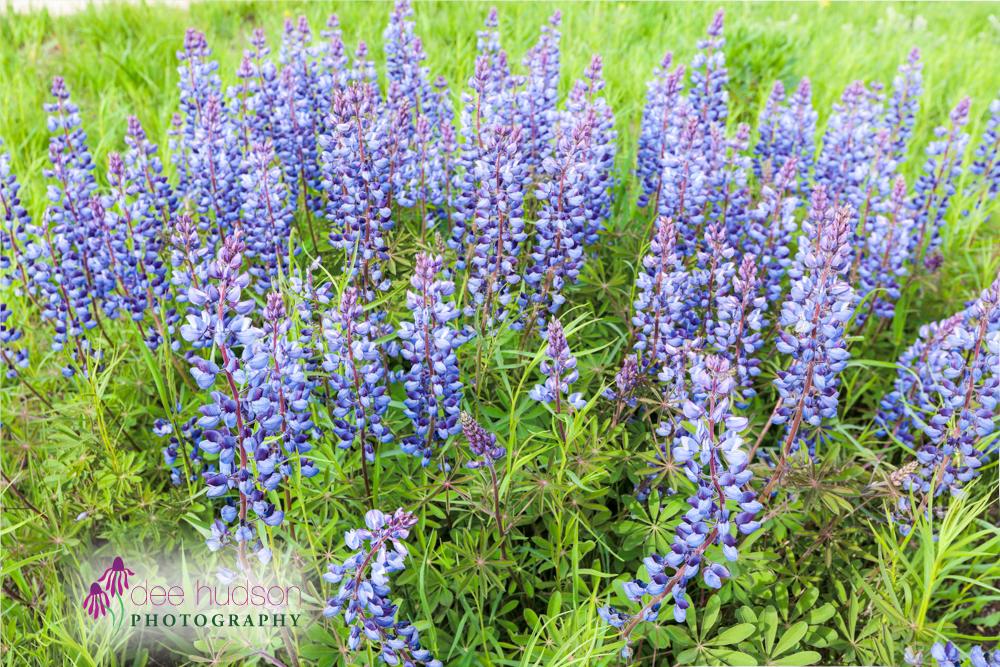
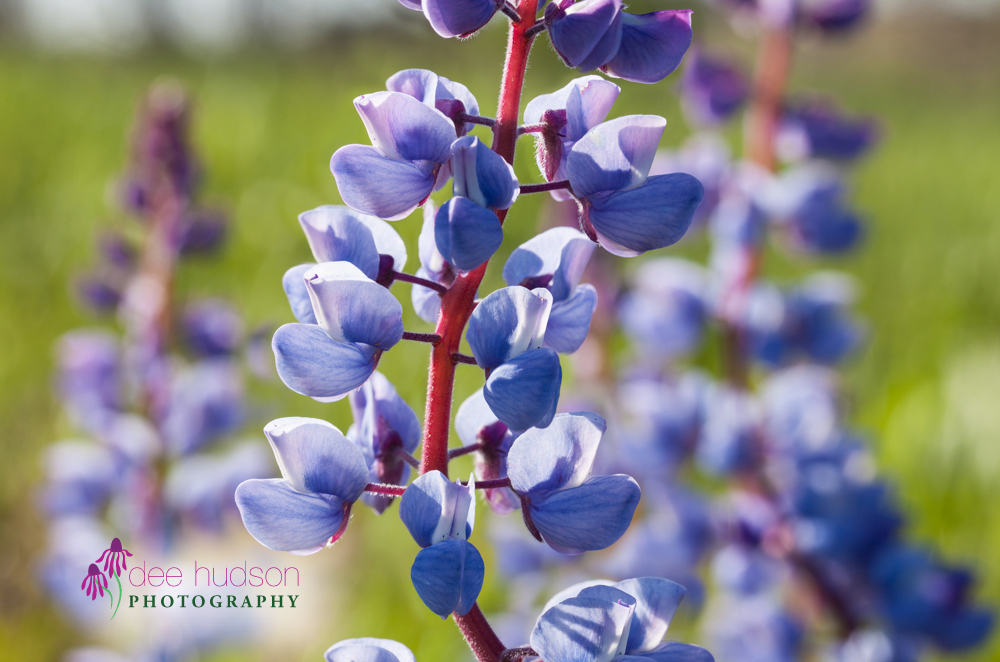
 RSS Feed
RSS Feed